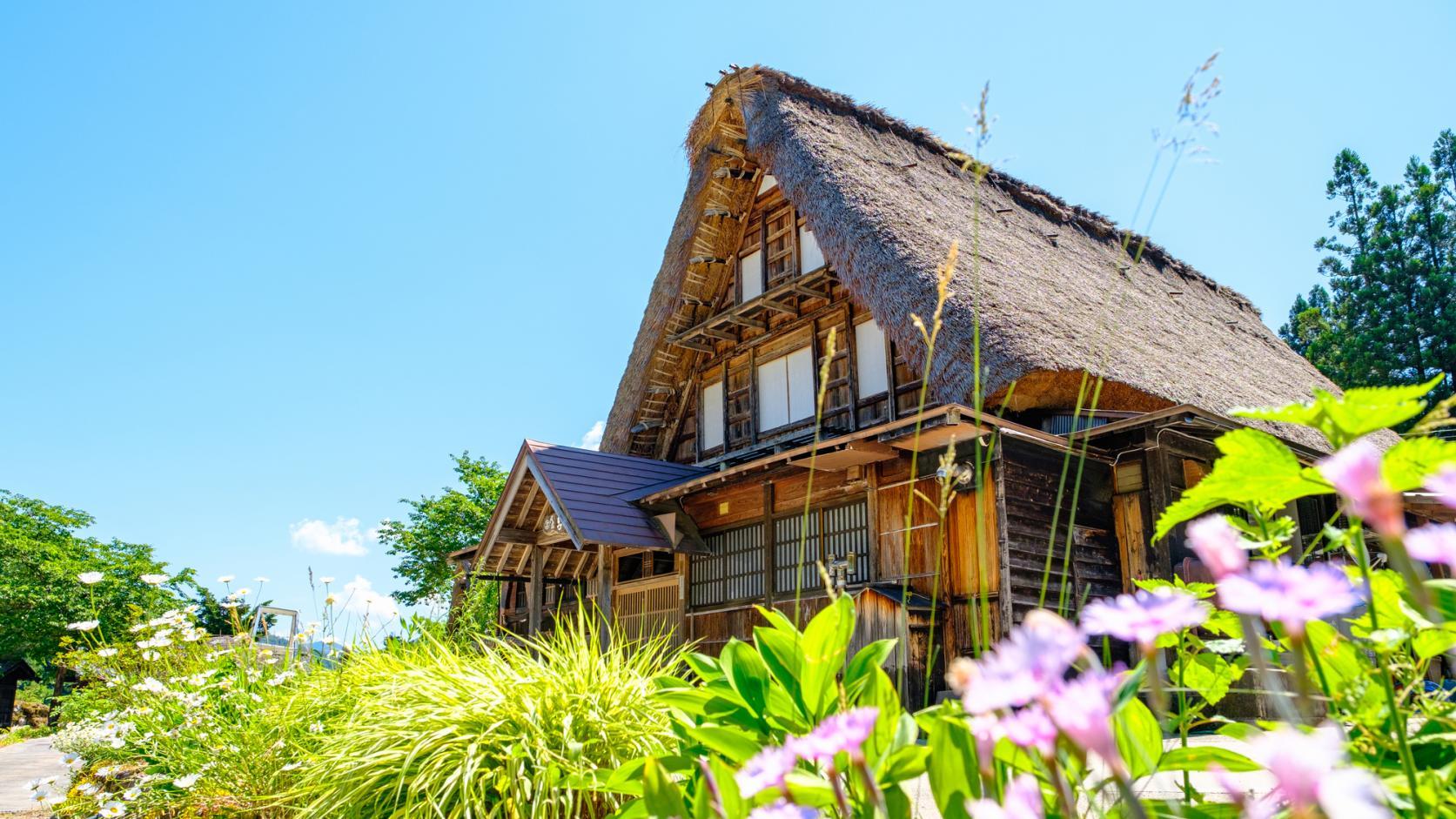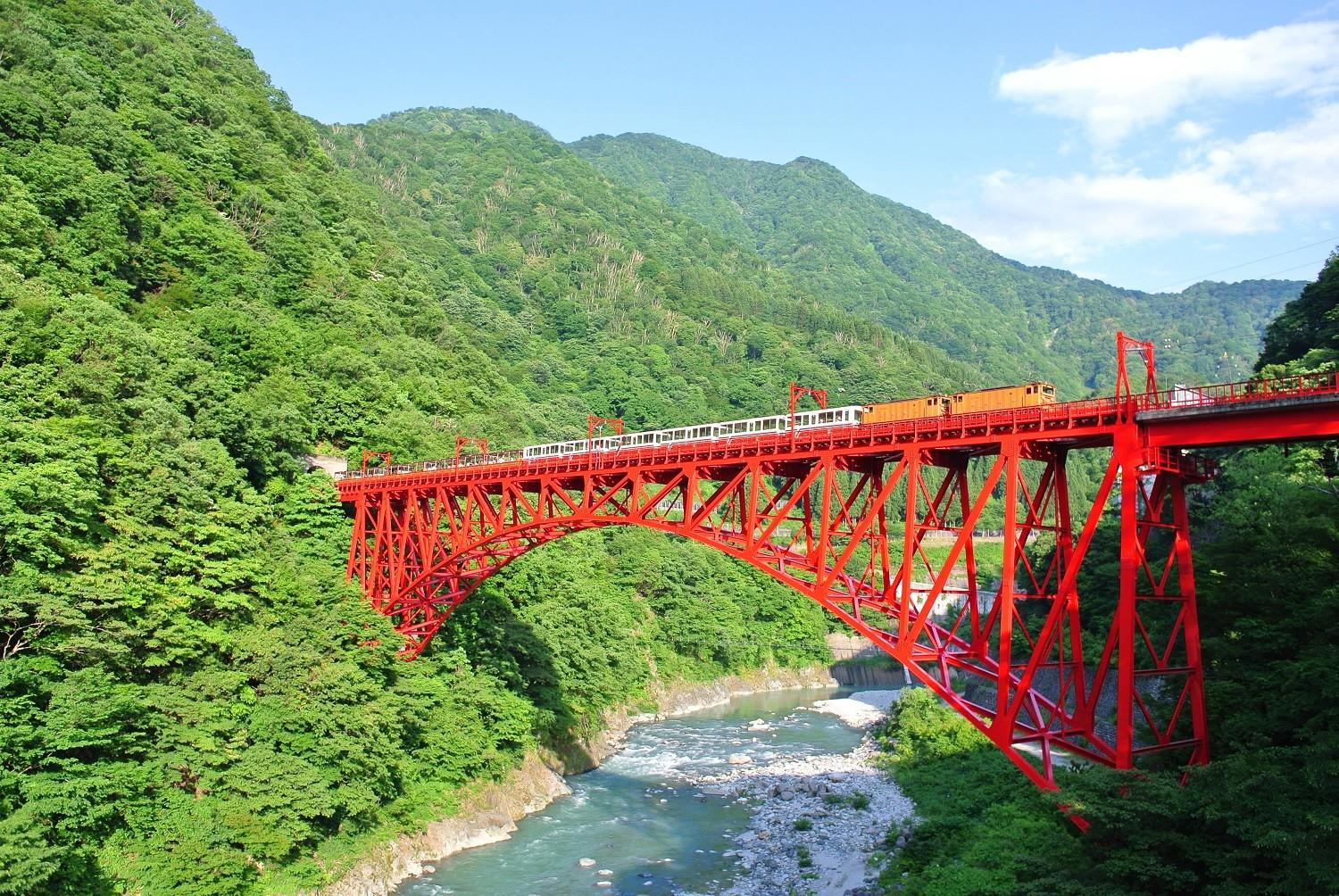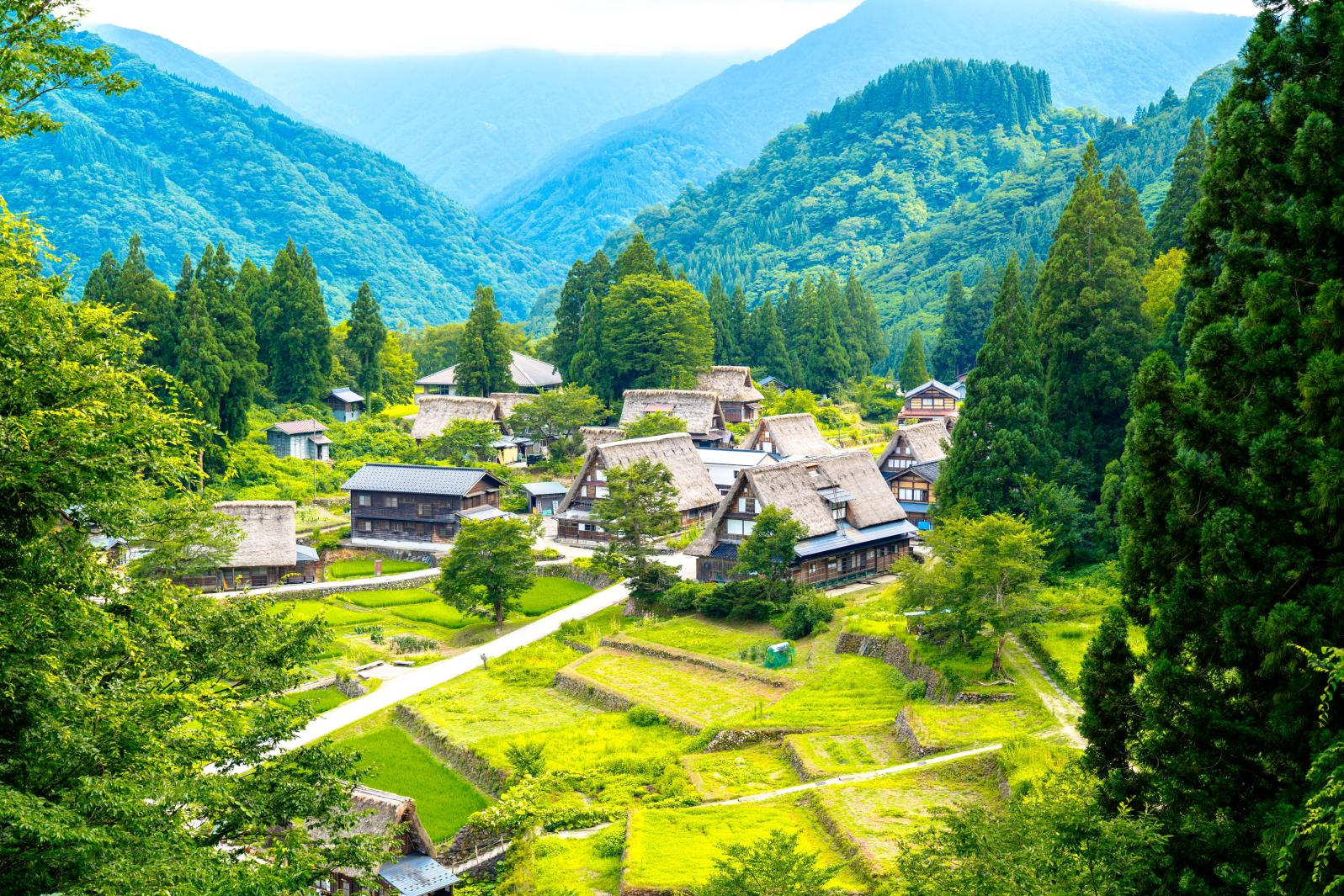
A Two-Day Immersive Stay in Gokayama: Where Culture, Craft, and Cuisine Endure
Tucked deep into the mountains of southwestern Toyama Prefecture, the villages of Gokayama feel like something out of a storybook. Here, time moves slower. The thatched roofs of gassho-zukuri houses—steeply pitched like hands pressed in prayer—stand in quiet conversation with the snow-capped peaks beyond. Gokayama, a UNESCO World Heritage Site, is not just a place to visit. It’s a place to stay, to taste, and to listen. Over the course of two days, travelers can immerse themselves in a living cultural landscape shaped by isolation, innovation, and deep respect for nature.
Gokayama is composed of two well-preserved villages: Suganuma and Ainokura. Though they share the same architectural heritage, each offers a slightly different experience. Suganuma is the smaller and more compact of the two, known for its intimate riverside setting and quiet atmosphere. Ainokura, by contrast, is larger and more expansive, with around 20 gassho homes still inhabited year-round.
Day 1: Stepping into the Past in Suganuma
The journey begins in Suganuma, the smaller and quieter of Gokayama’s two World Heritage villages. Nestled beside the Shogawa River, the village is home to just nine gassho-style houses, each a masterpiece of traditional carpentry designed to withstand the region’s heavy snowfalls. Despite its scale, Suganuma is rich in atmosphere. Meander through narrow lanes, admire the intricate wooden facades, and visit the Gokayama Folklore Museum and Niter Museum to understand the industries that once sustained the region—from sericulture to saltpeter production.
Suganuma Gassho-Zukuri Village Info
Address: Suganuma, Nanto City, Toyama Prefecture
Hours: Apr–Nov 8:00–17:00 / Dec–Mar 9:00–17:00
Getting There:
From JR Johana Station: Take the World Heritage Bus for about 40 minutes and get off at Suganuma.
From JR Takaoka Station: Take the World Heritage Bus for about 1 hour 35 minutes and get off at Suganuma.
Website:
A Taste of Tradition: Gorobei
When hunger strikes, head to Gorobei, a family-run restaurant housed in a 170-year-old gassho home. Their Gokayama Tofu Set is a local highlight, showcasing tofu four ways: sashimi-style, deep-fried, grilled with miso on a magnolia leaf, and simmered with mountain vegetables. Alternatively, the Gorobei Gozen features salt-grilled iwana char—raised in Gokayama’s cold, clear streams, giving it firm flesh and a clean, delicate flavor. Netted from the pond outside just before cooking, it’s as fresh as it gets. The setting is steeped in local history, with old calligraphy scrolls, paintings, and family photos adding to the charm. While walk-ins are welcome, reservations are recommended, especially on busy days.
Gorobei Restaurant Info
Address: 906 Suganuma, Nanto City, Toyama Prefecture
Hours: 10:00–17:00
Closed: Irregular
Website: https://www.goro-bei.com/index.html
Coffee with a View: Sabo Tenohira
Before leaving Suganuma, stop by Sabo Tenohira, a peaceful cafe run by a father-daughter duo. Once a shed, it’s now a lovingly designed teahouse with wide windows framing the village like a living painting. Choose from a collection of ceramic cups for your hand-brewed coffee, or try the soba dumplings, which go perfectly with coffee. Soba became a staple in this area due to historical shortages of rice, and these comforting buckwheat treats reflect that local legacy. The name Tenohira (meaning “palm of the hand”) was inspired by the small village of Suganuma, nestled like a palm in the vast land that was formed tens of thousands of years ago. The café provides a cozy, calming space for visitors.
Sabo Tenohira Info
Address: 400 Suganuma, Nanto City, Toyama Prefecture
Hours: 10:00–17:00 (until 16:00 in winter)
Closed: Mondays, Tuesdays, and some Thursdays
Make Your Own Music: Sasara Workshop
To deepen your connection with the region, join a sasara-making workshop in Kaminashi village. The sasara is the percussive instrument used in the Kokiriko folk dance, one of Japan’s oldest. Made of dozens of thin cypress slats strung together with cord, it produces a dry, clattering sound—like rustling bamboo or a chorus of wooden whispers—that accompanies the rhythmic footwork of the dance. Under the guidance of a local craftsman, you’ll build your own miniature sasara and learn the accompanying dance steps—a joyful, grounding experience that brings you closer to the people who preserve these traditions.
The workshop lasts about an hour and begins with a semi-finished sasara, so no prior experience is necessary. Once your sasara is complete, you can personalize it with your name or a drawing—and take home a one-of-a-kind instrument made with your own hands.
For English-speaking travelers, booking a guided tour ensures a smooth, in-depth experience and includes stops at a historic gassho home and a Gokayama tofu tasting.
Sasara-Making Workshop Info
URL: https://gokayama-info.jp/en/archives/378
More about the Kokiriko Tour: https://www.tabi-nanto.jp/kokiriko/en/
Booking: https://www.tabi-nanto.jp/en/archives/6225
Day 2: Living Culture in Ainokura
Day two begins early in Ainokura, Gokayama’s largest village and home to 20 gassho-zukuri homes, many of them centuries old. This remote, mountainside settlement was once a hub of sericulture, and its steeply pitched thatched roofs—perfect for shedding heavy snow—still echo with the wisdom of generations past. Ainokura offers traditional gassho-style inns, giving visitors a rare chance to sleep within this remarkable cultural landscape. Visitors can explore the village between 8:30 a.m. and 5:00 p.m., but as dusk falls and the tour groups leave, it becomes the domain of staying guests and the occasional seasonal light-up event. Unlike most heritage sites, Ainokura is still a living village, with about 50 residents maintaining traditions handed down over generations. Arriving at dawn, you may find the mist still clinging to the mountain ridges as smoke rises from the irori sunken hearths—a quietly powerful moment that reveals just how alive this place still is.
Ainokura Gassho-Zukuri Village Info
Address: Ainokura, Nanto City, Toyama Prefecture
Open Hours (for non-staying visitors): 8:30–17:00
Getting There:
From JR Johana Station: Take the World Heritage Bus for about 25 minutes, get off at Ainokura-guchi, and walk 5 minutes.
From JR Takaoka Station: Take the World Heritage Bus for about 1 hour 15 minutes and get off at Ainokura-guchi.
Website:
Storytelling Through Architecture: Yusuke Exhibition Hall
At the heart of the village is Yusuke, a gassho-zukuri home dating back to 1868 and one of the largest in Ainokura, now converted into a beautifully curated exhibition space. Visitors can explore the multilevel interior to learn about traditional life in Gokayama—from the layout of the roof rafters to the tools once used in sericulture, papermaking, and everyday living. Handcrafted models, soot-darkened beams, straw ropes, and household artifacts help recreate the feel of a lived-in home from centuries past.
The second and third floors feature the photography of Shigeru Ikehata, the current owner and a professional photographer whose images capture the essence of the seasons and village life. For those interested in a deeper dive, Ikehata sometimes hosts informal storytelling sessions around the irori, sharing his family’s history and memories of growing up in this extraordinary home.
Yusuke Exhibition Hall Info
Address: 591 Ainokura, Nanto City, Toyama Prefecture
Hours: 9:00–16:30 (last entry 16:00)
Closed: Tuesdays, New Year’s holidays, Obon, and irregular days
Admission: ¥500 adults / ¥300 students
Website: https://yusuke-gokayama.com/
Stay in History: Gassho Nakaya Inn
No visit to Gokayama is complete without an overnight stay—and Nakaya offers one of the most memorable experiences in the region. Housed in a 350-year-old gassho-style home, Nakaya is the oldest house in Ainokura and one of the most atmospheric. With just two guest rooms available each night, the stay feels intimate and unhurried. Facilities such as the toilet, bath, and washroom are shared, and the innkeepers live under the same roof, giving the space the feel of a true family home.
Guests are invited to relax in the communal hearth room, where shelves of books line the walls and a pot of hot water is always ready for tea or instant coffee. Meals are a highlight here: dinner and breakfast are served around the irori alongside fellow guests, making for easy conversation and a cozy, communal atmosphere. The menu varies with the seasons, but expect dishes like freshly grilled river fish, sashimi, simmered mountain vegetables, tempura, and the region’s signature Gokayama tofu.
The proprietress is warm and friendly, and while she only speaks Japanese, visitors have found communication easy with a translation app and a little curiosity. Like most inns in the village, pricing and meals are standardized across the community—preserving a sense of fairness and tradition among hosts. Staying at Nakaya is not just a night in a historic home; it’s an invitation to slow down and step into the rhythm of village life. For those in need of a little extra relaxation, there’s even a massage chair tucked into a quiet corner—proof that comfort and tradition can go hand in hand.
Gassho Nakaya Inn Info
Address: 231 Ainokura, Nanto City, Toyama Prefecture
Accommodation Rates:
1 night with 2 meals (dinner and breakfast included)
・Adults (2 or more guests): 14,000 yen per person
・Adults (single occupancy): 15,000 yen
・Children (elementary school age or younger): 11,000 yen per person (inquiries required for infants)
*All fees are scheduled to increase by ¥1,000 starting November 2025.
Website: http://www1.tst.ne.jp/snakaya/index.html (Japanese only)
More Than a Destination
Gokayama is not a place for checklist tourism. It’s a place for slowing down, for paying attention. Each bite of tofu, each smoky breath from the irori, each beam of a thatched roof tells a story—of perseverance, of community, of living in harmony with nature. When you sleep beneath the vast rafters of a gassho home, you don’t just visit history. You become a part of it.
Two days in Gokayama isn’t long, but it’s enough. Enough to remember what it feels like to live by the rhythms of the land, to savor food made by hand, and to carry those memories forward long after the snow begins to fall.



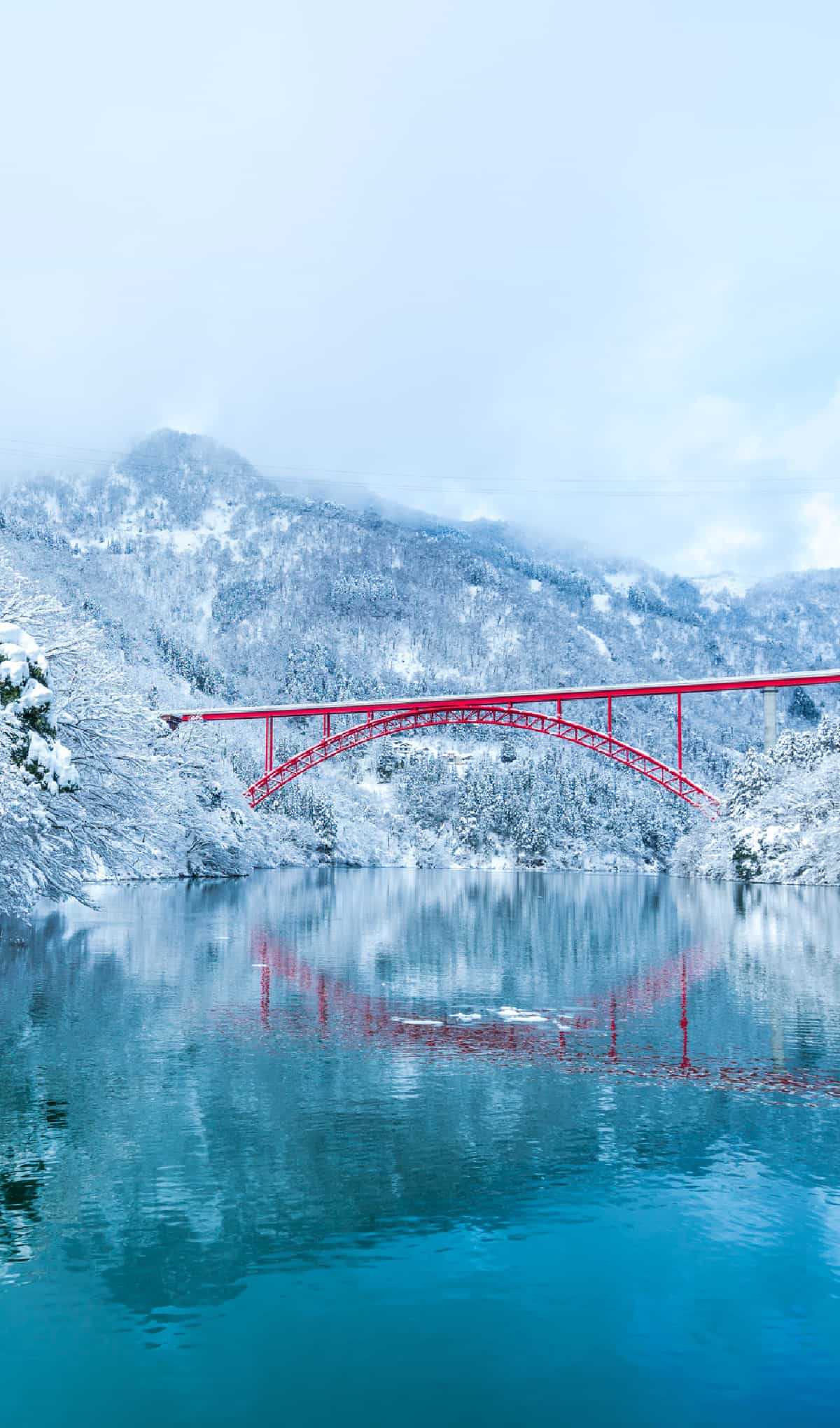
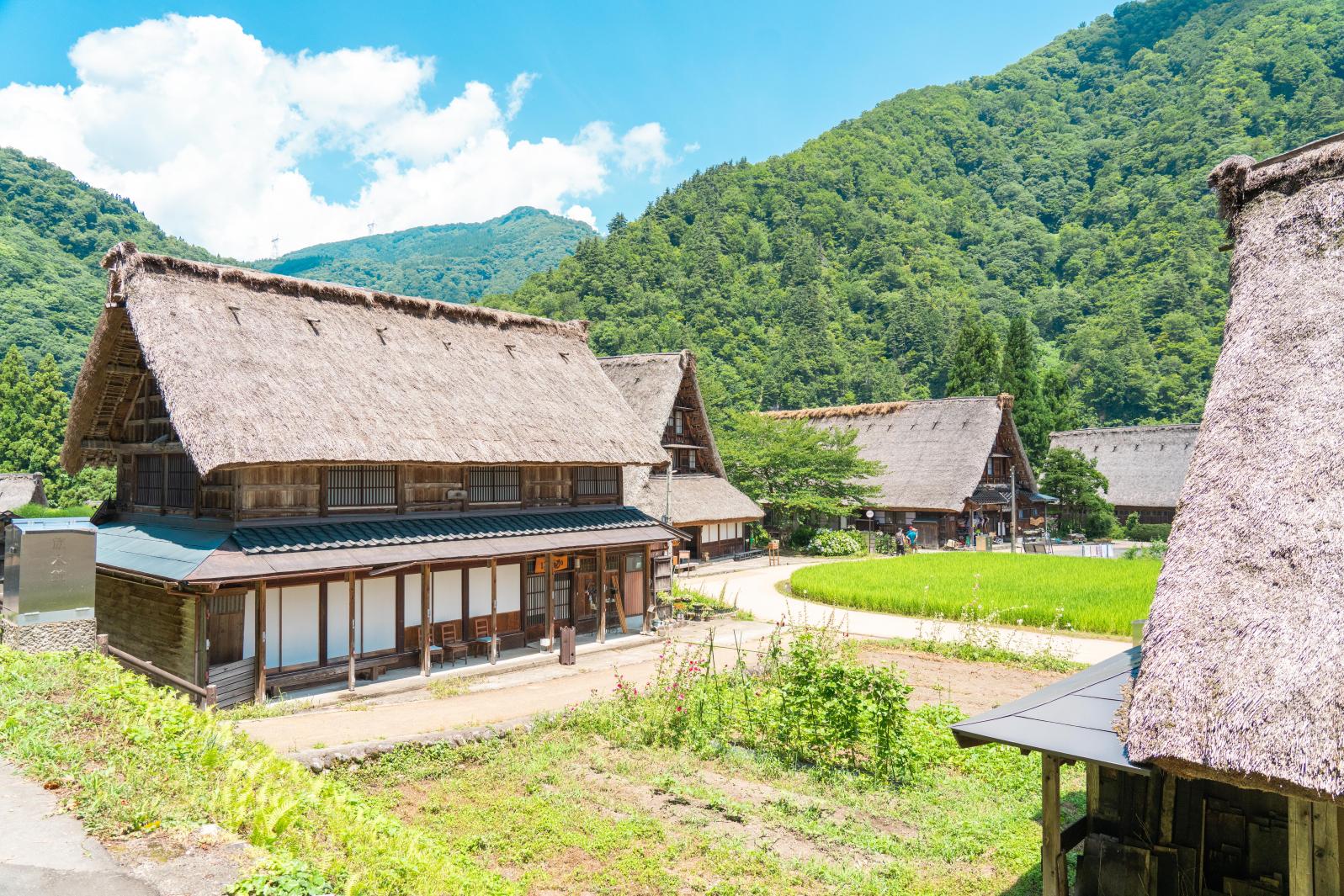

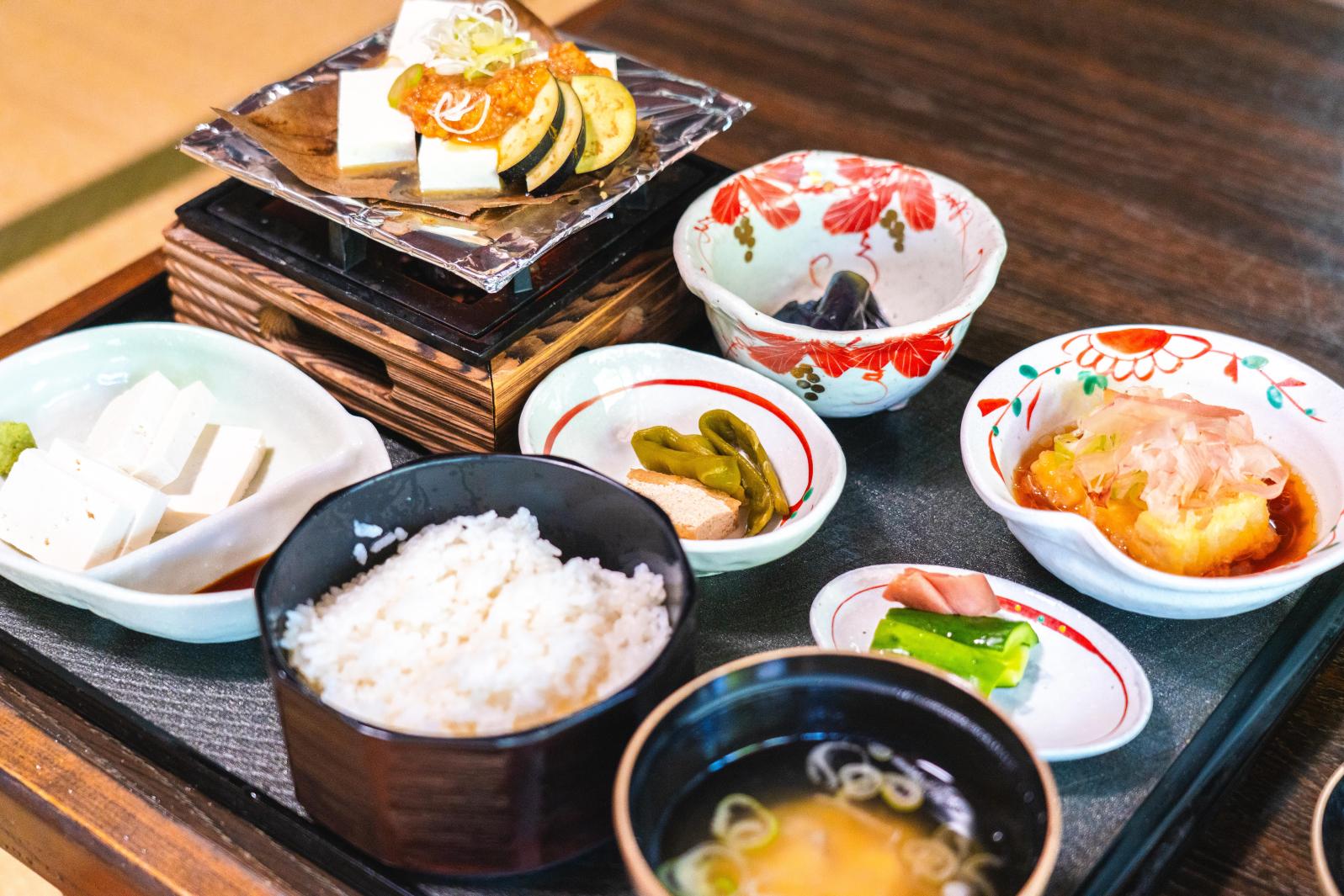
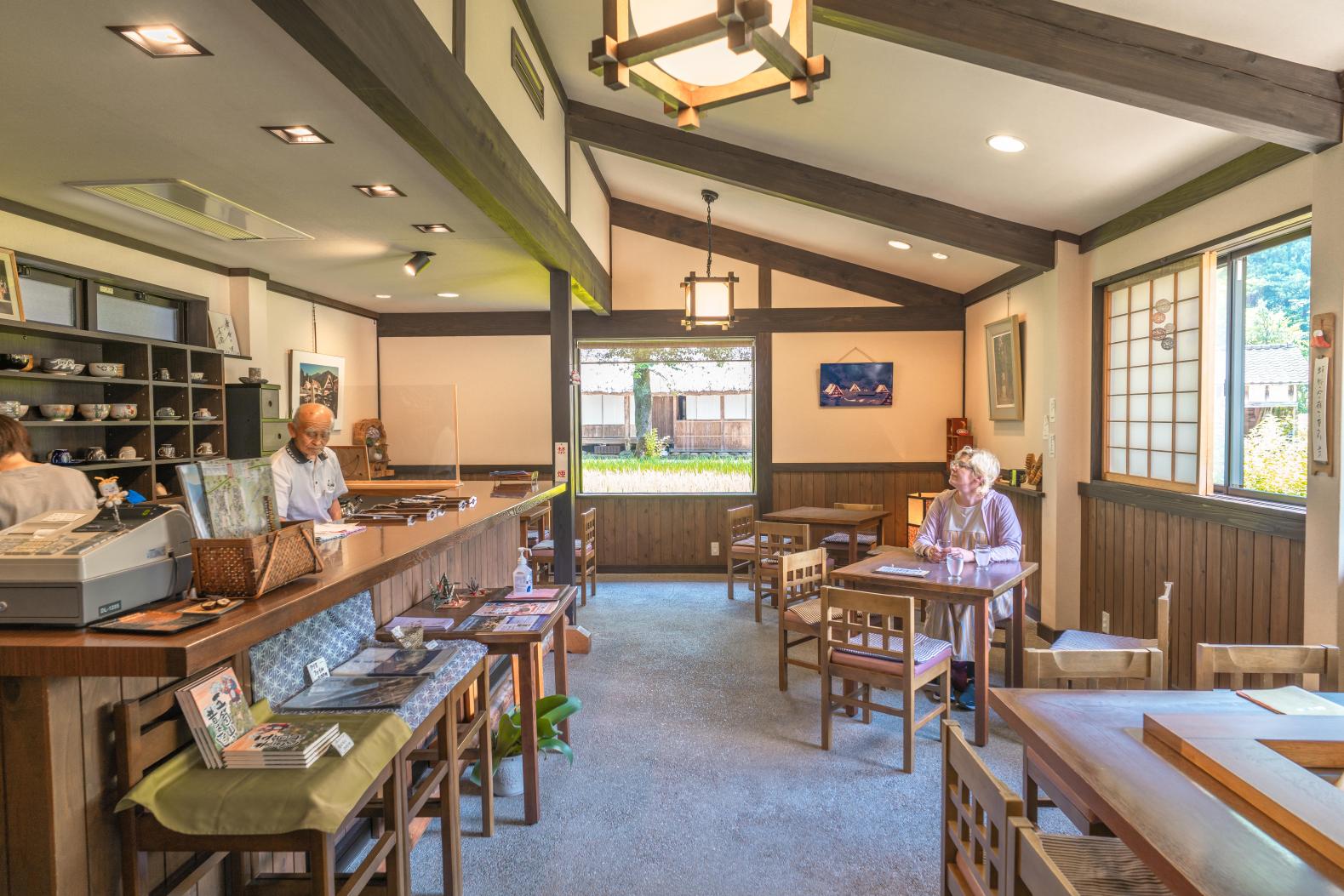
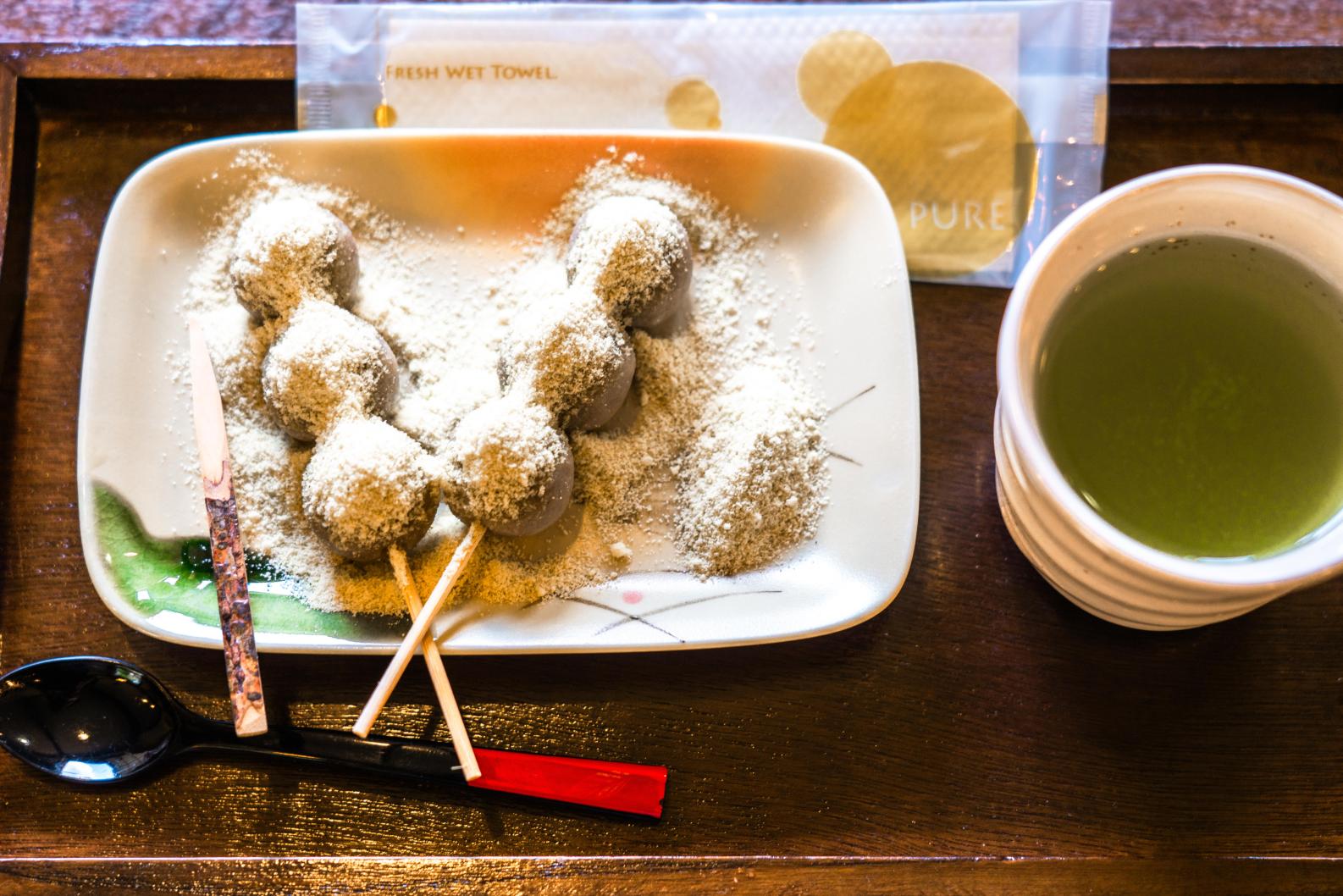
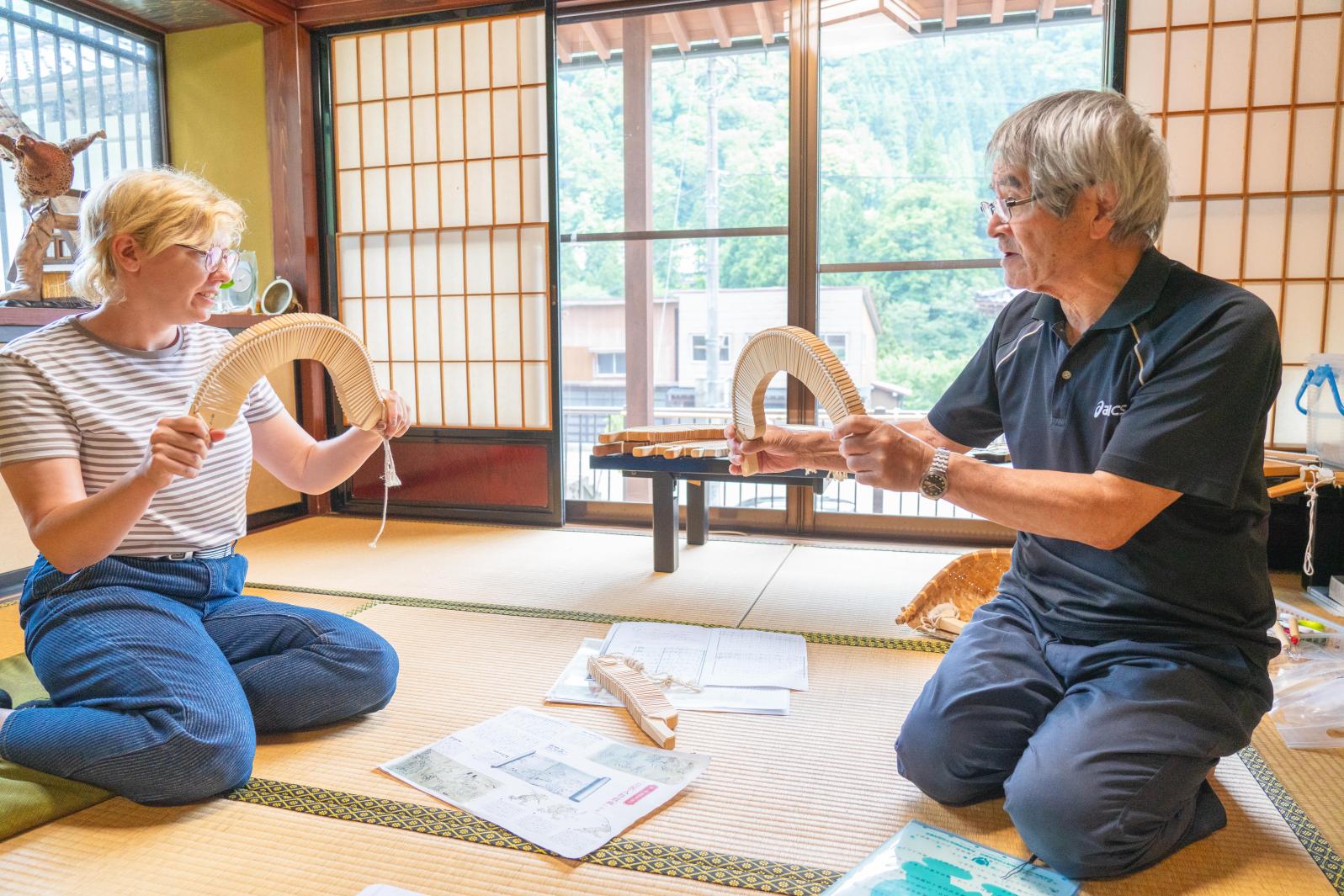

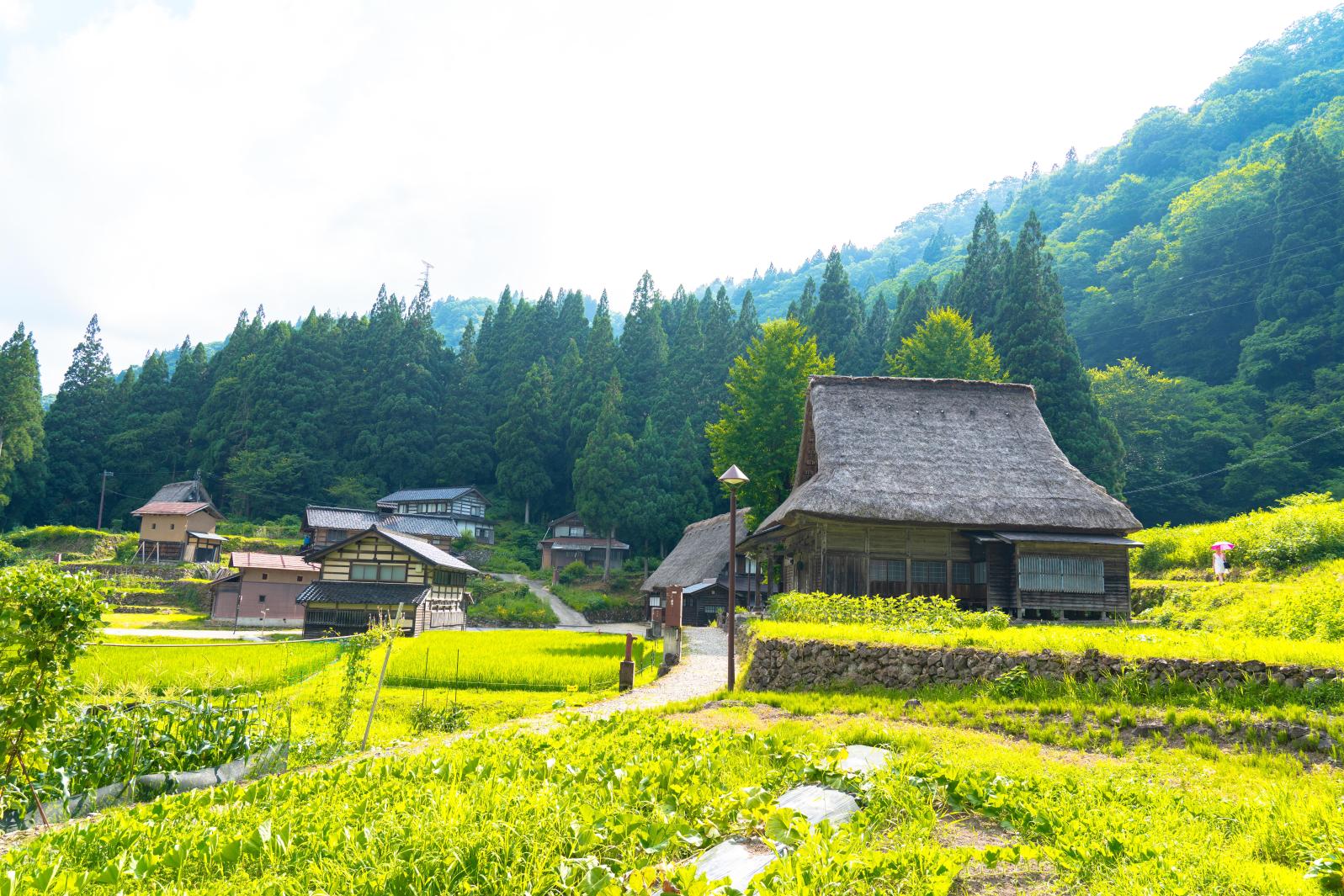
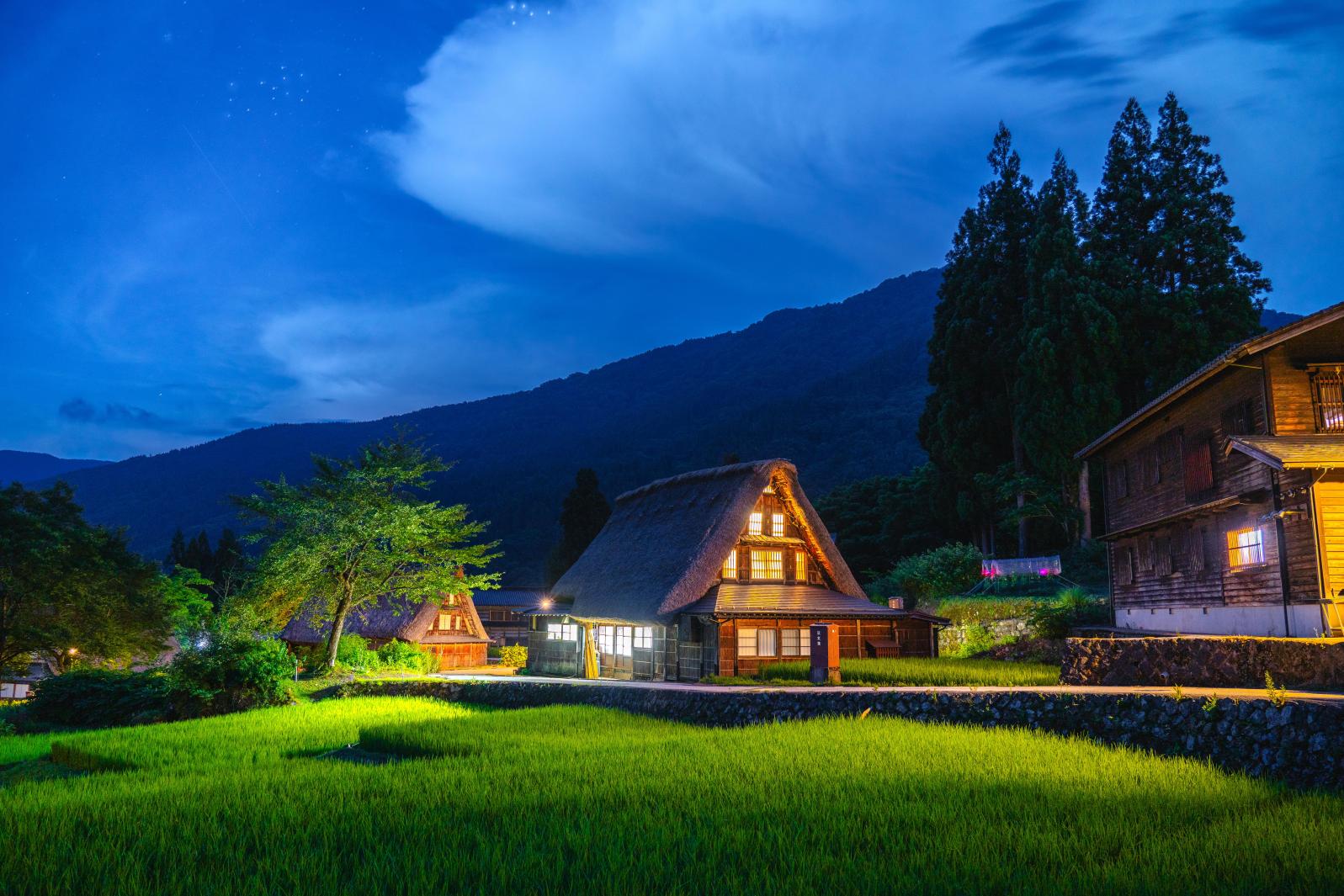
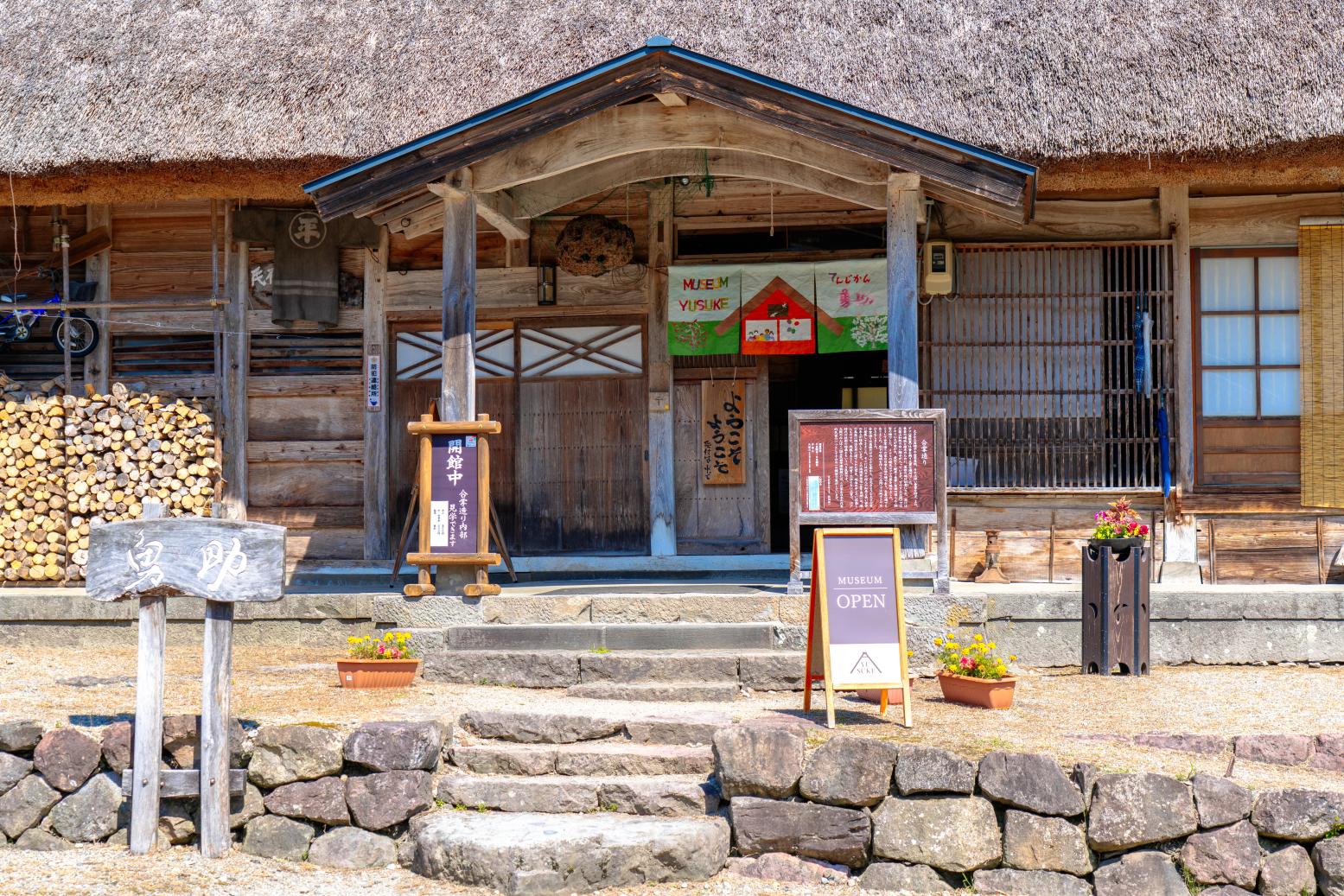
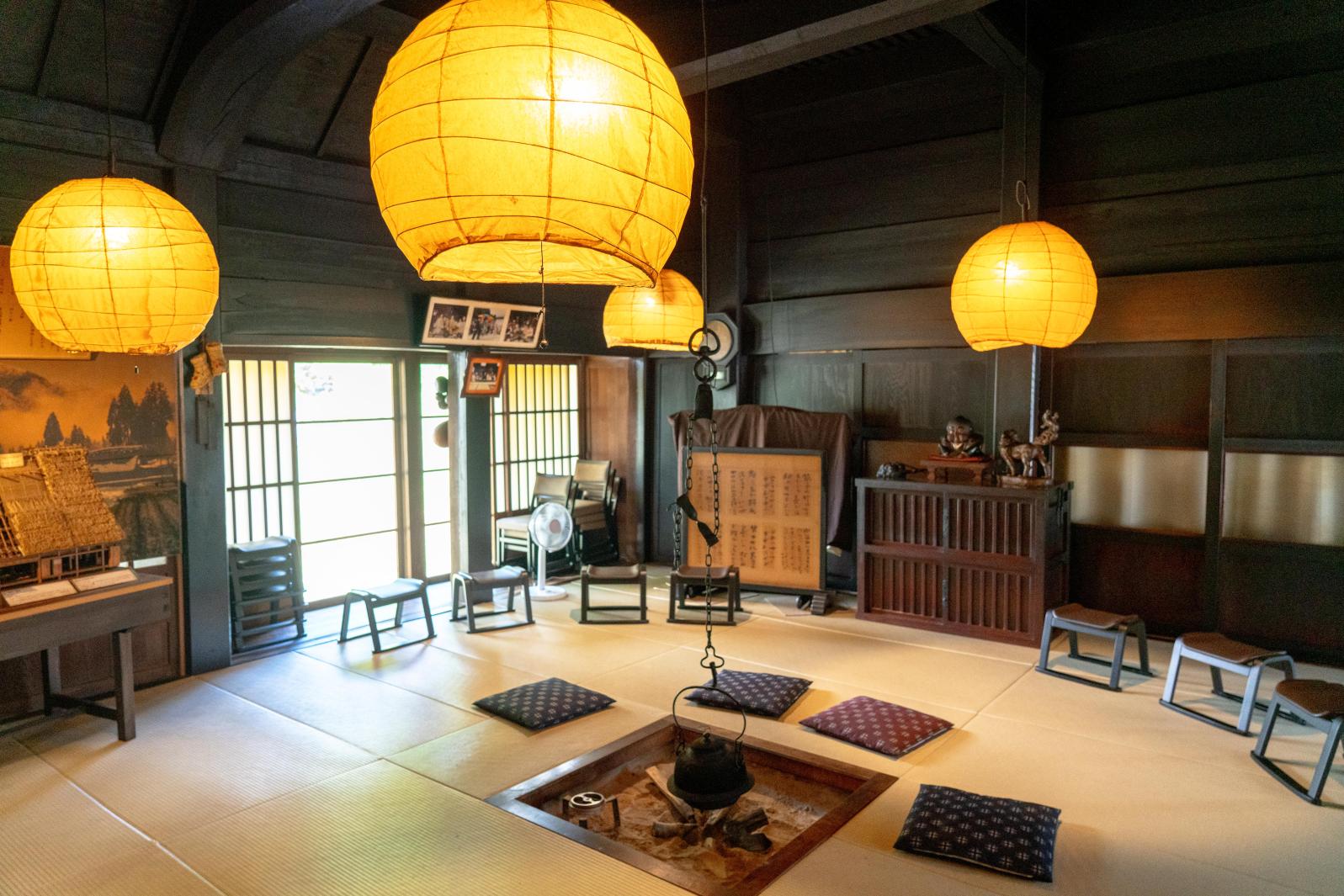
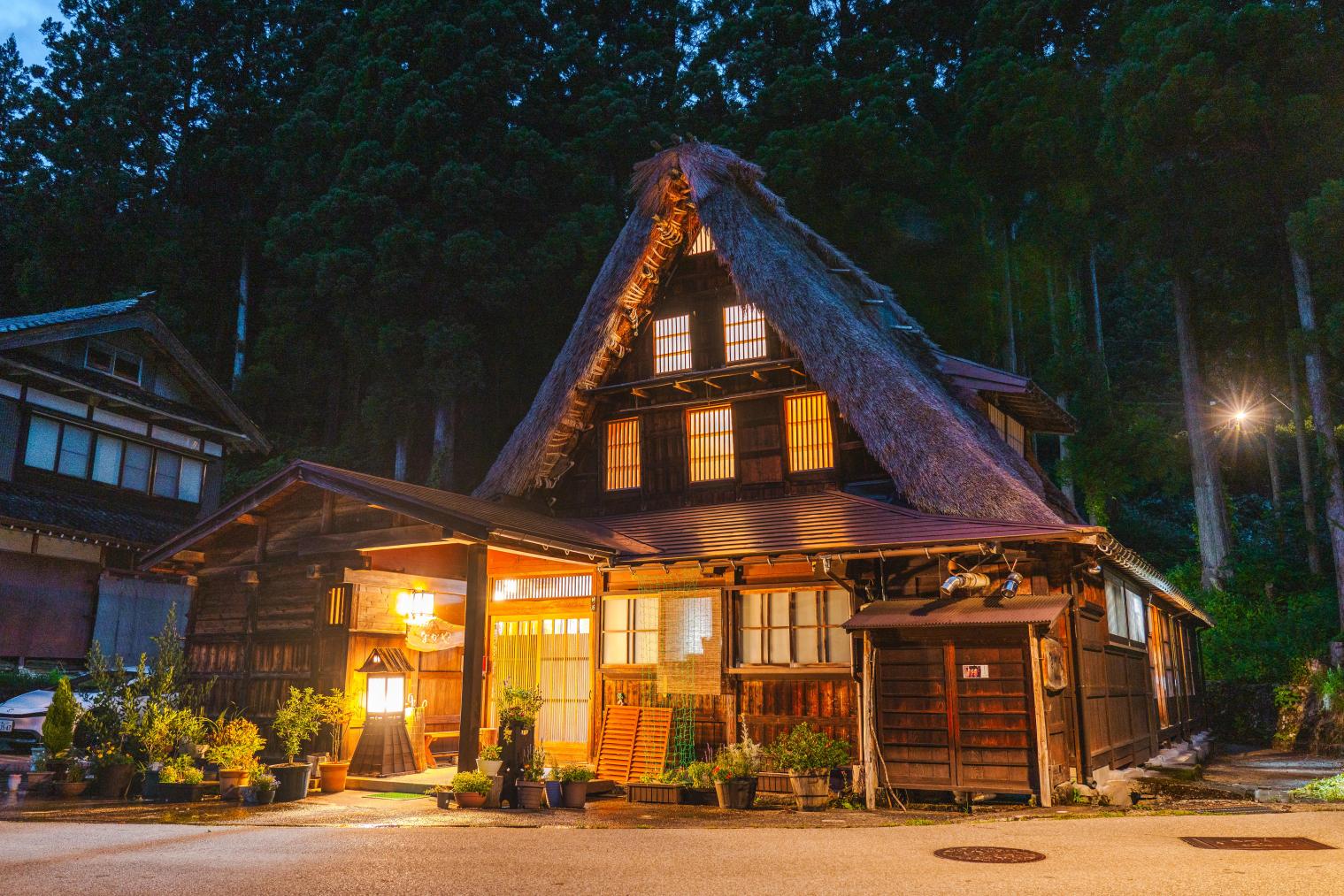

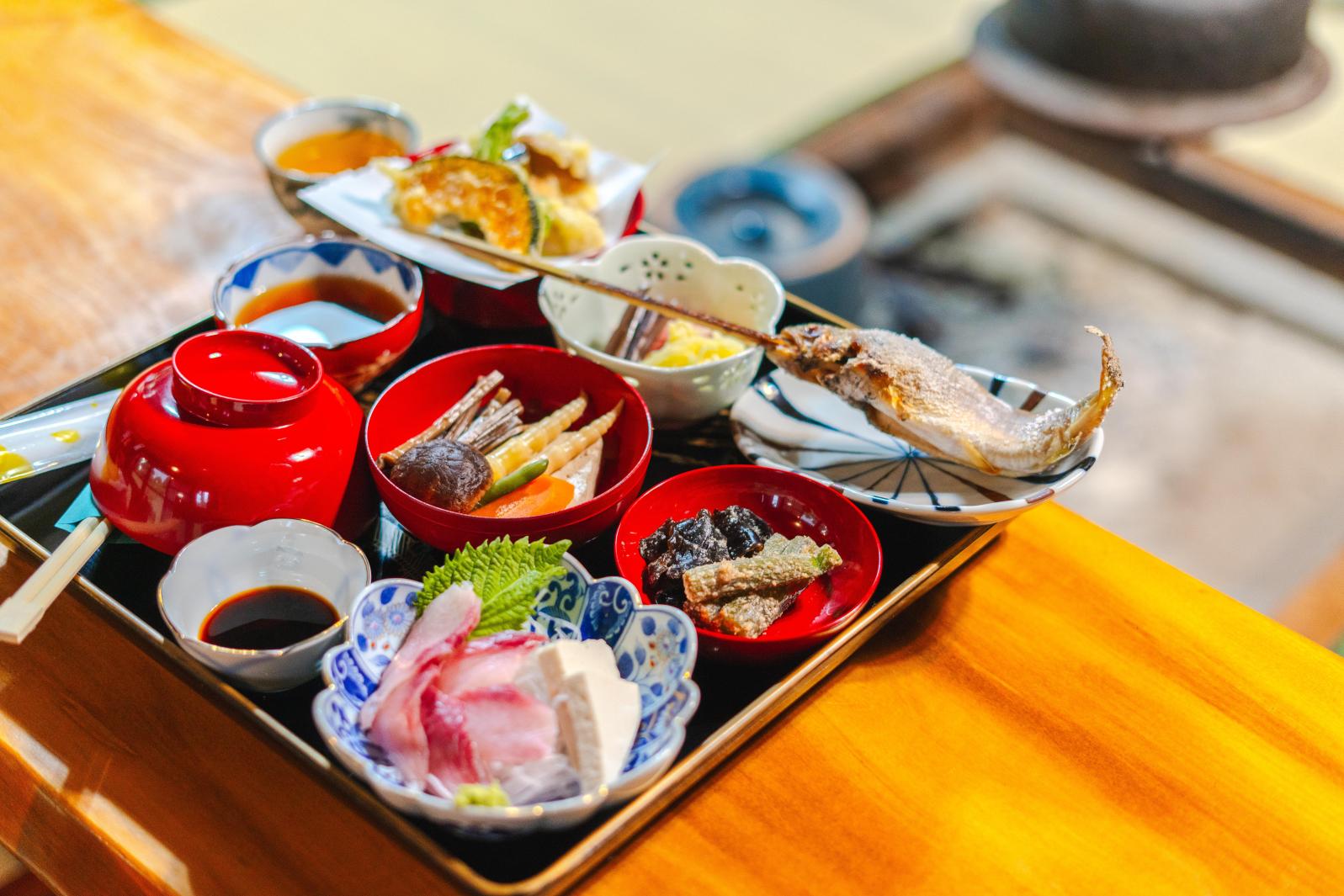
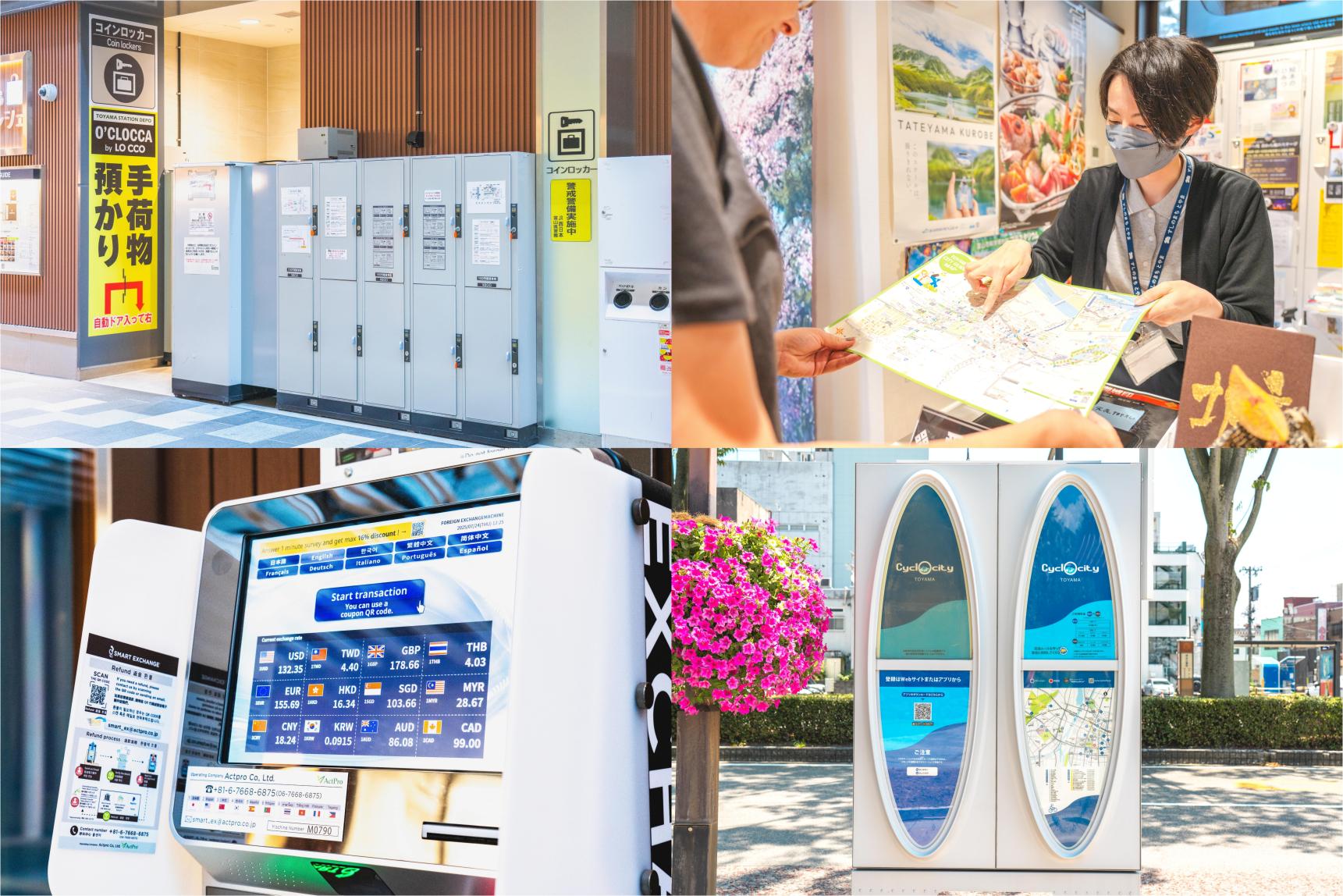
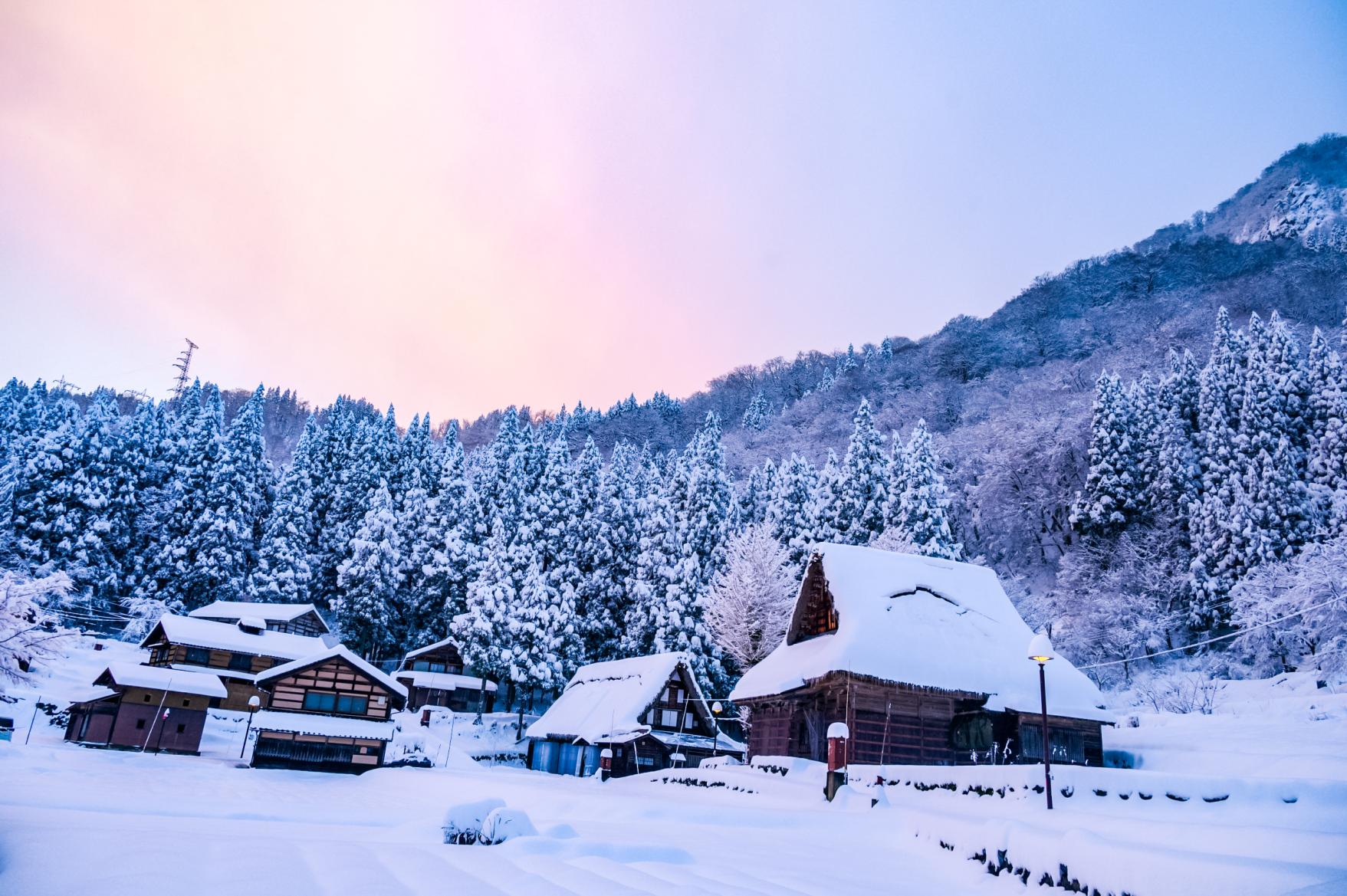
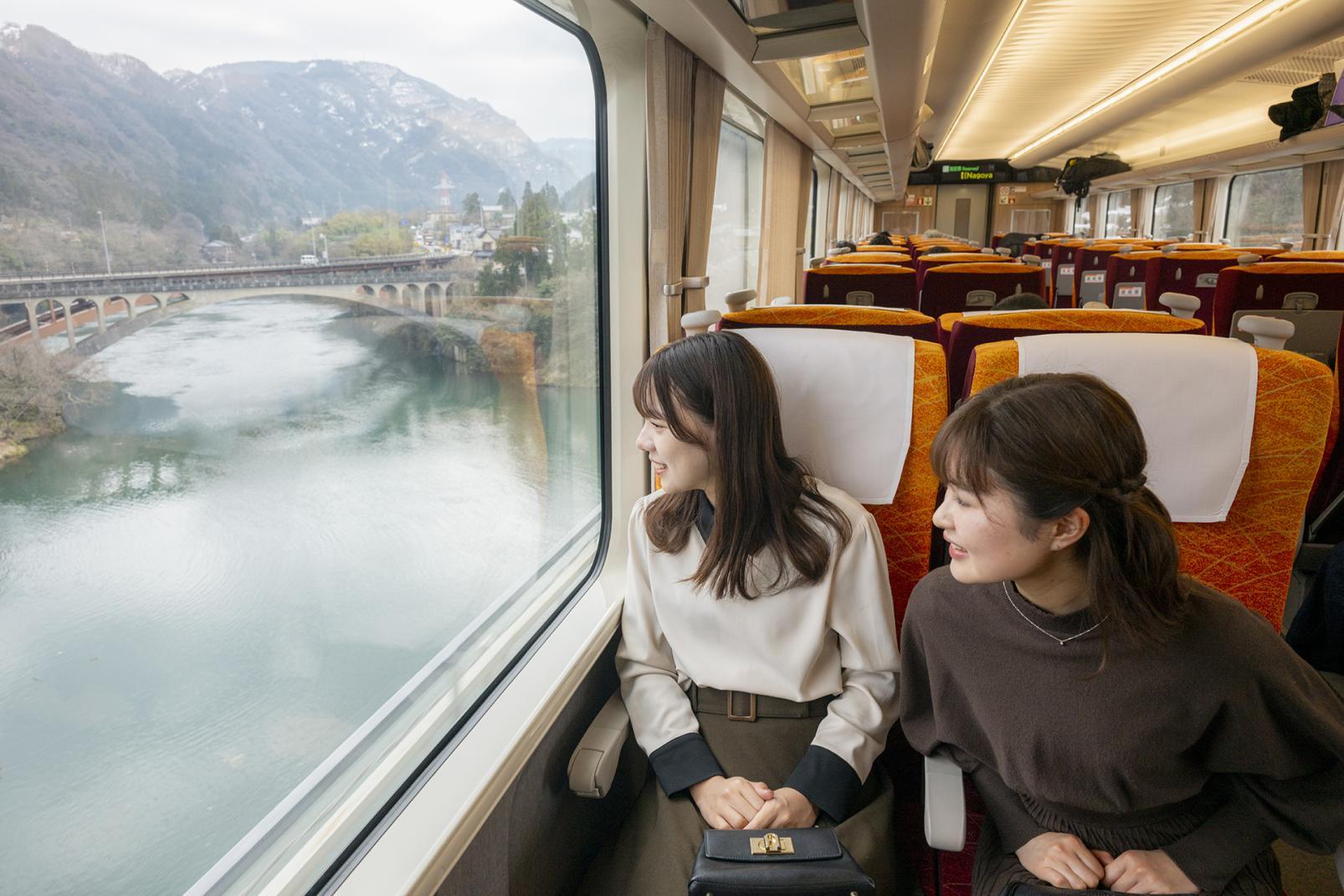
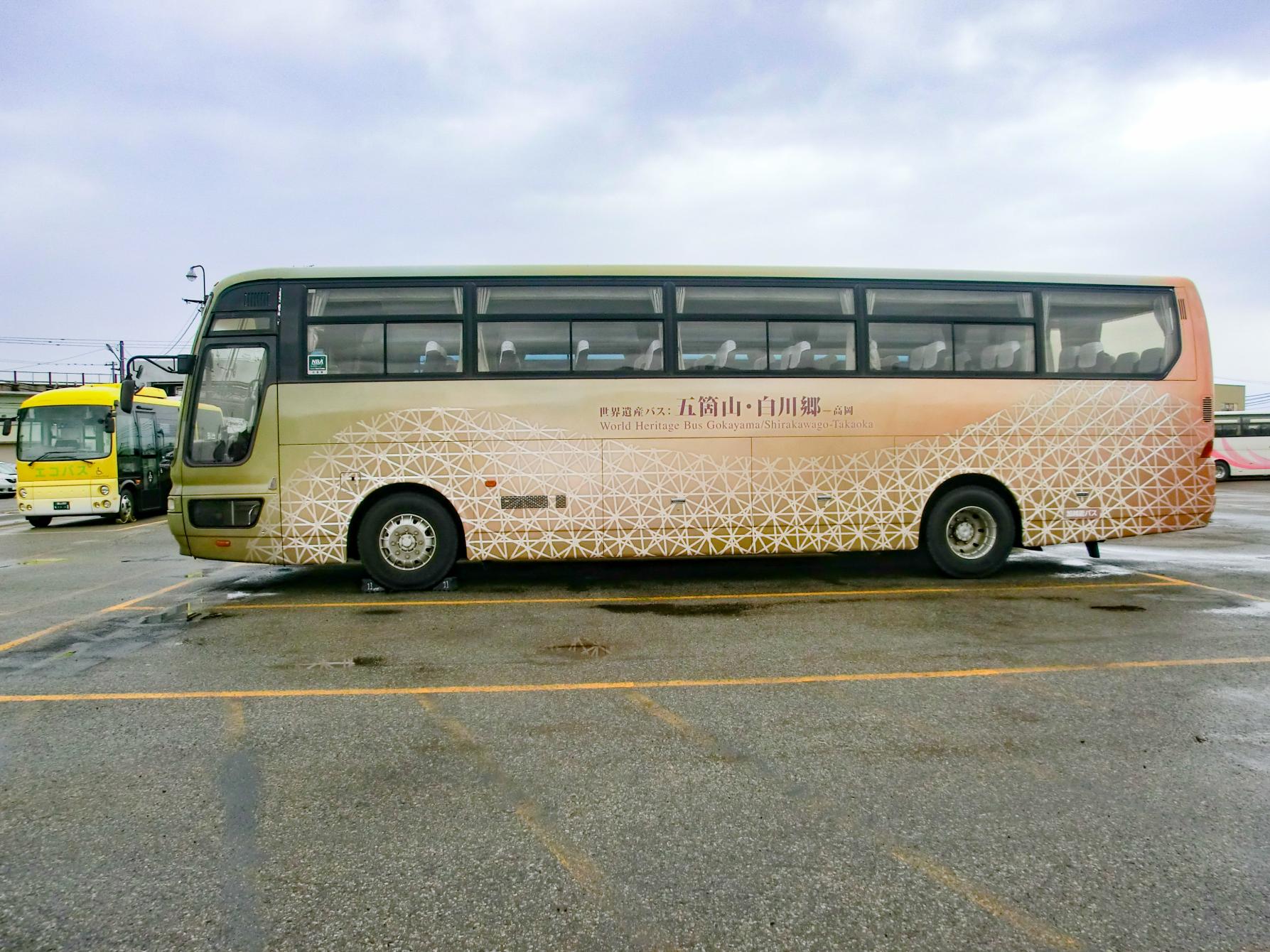
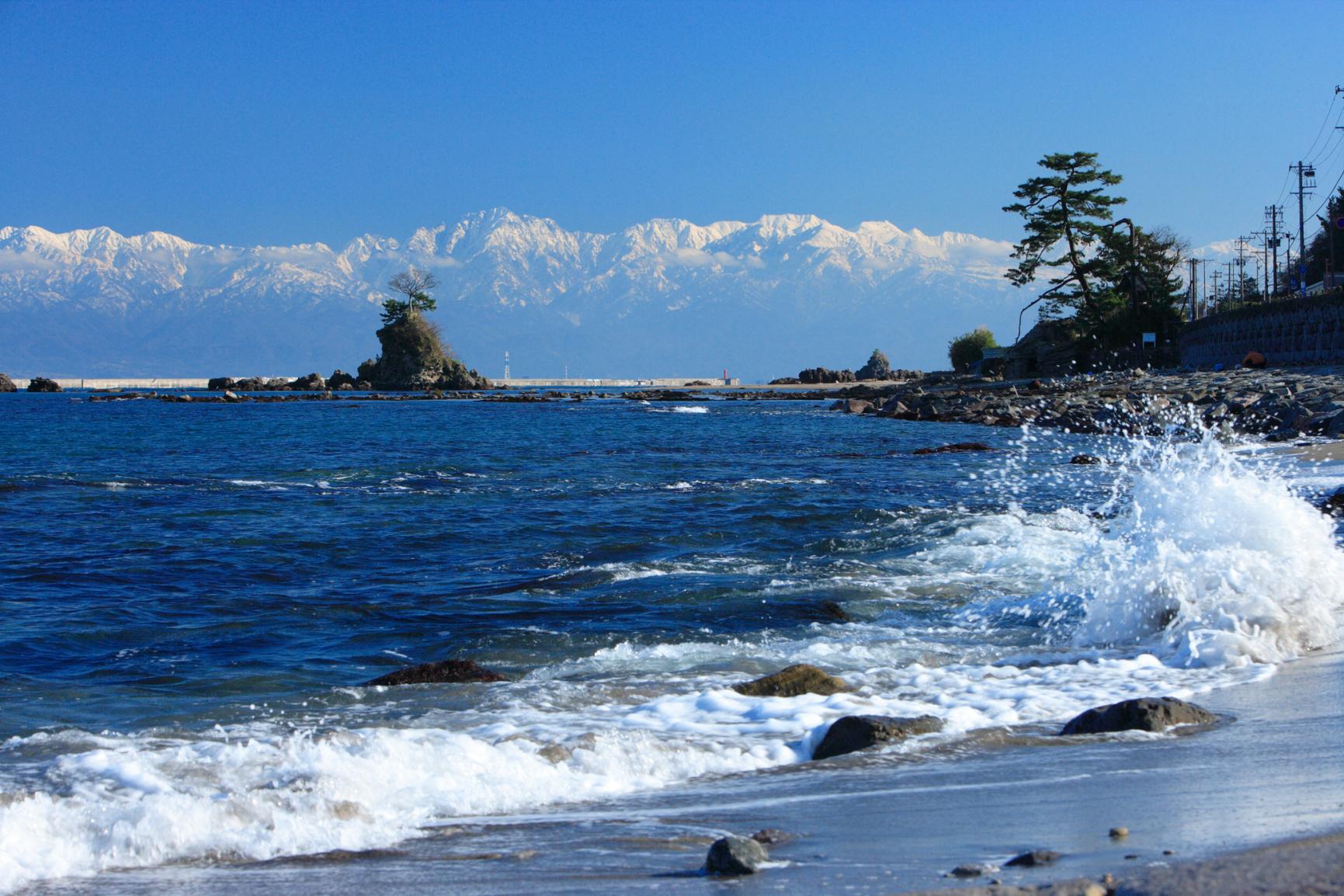
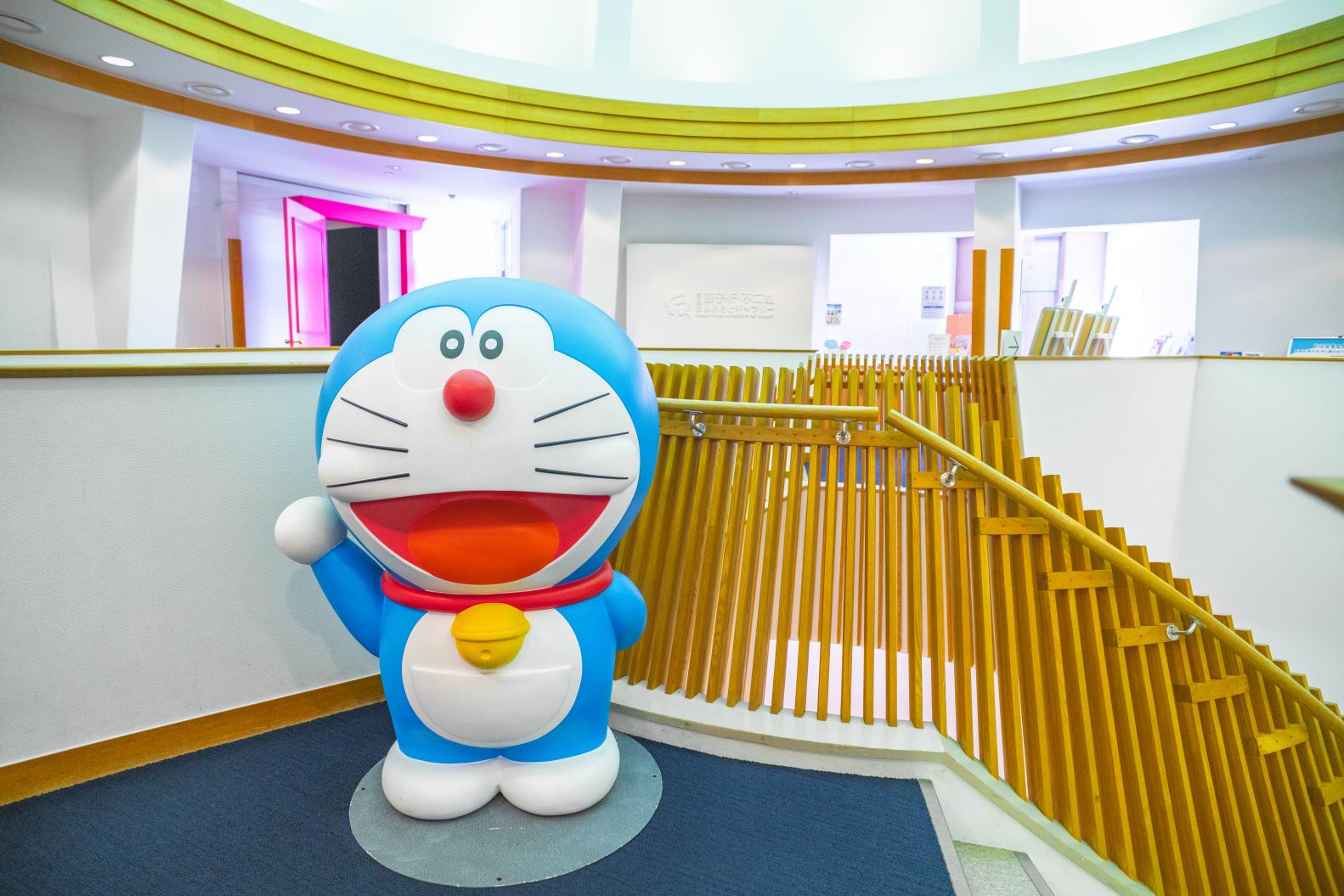

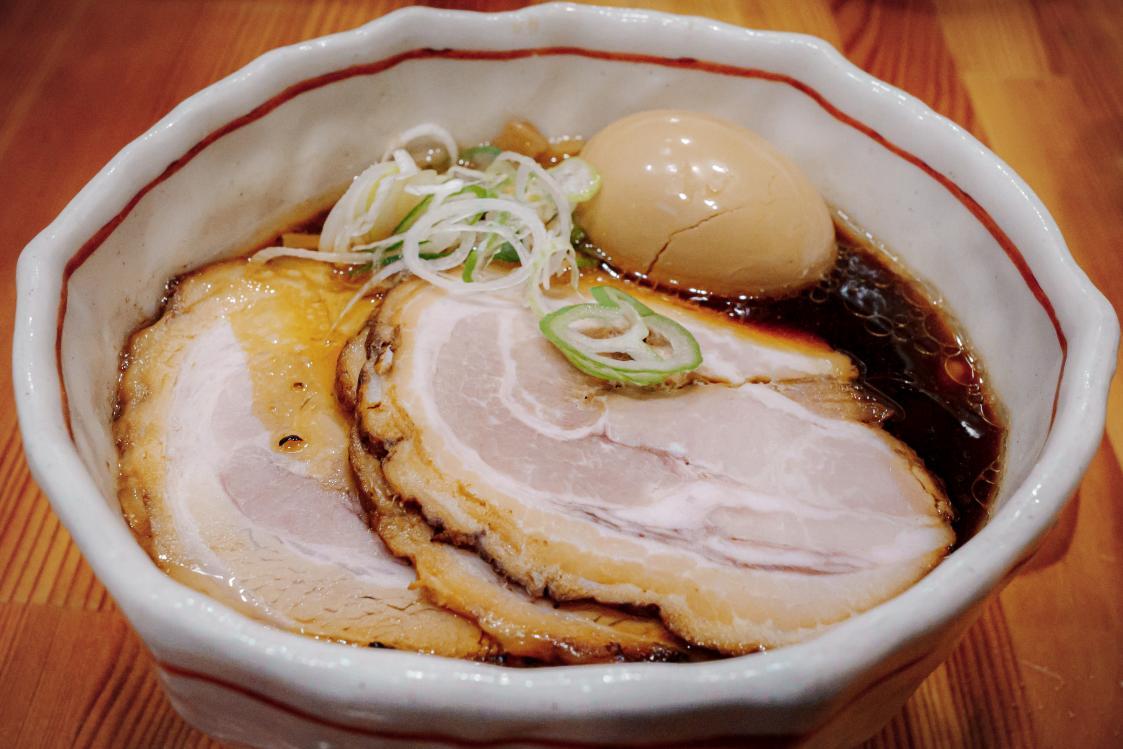

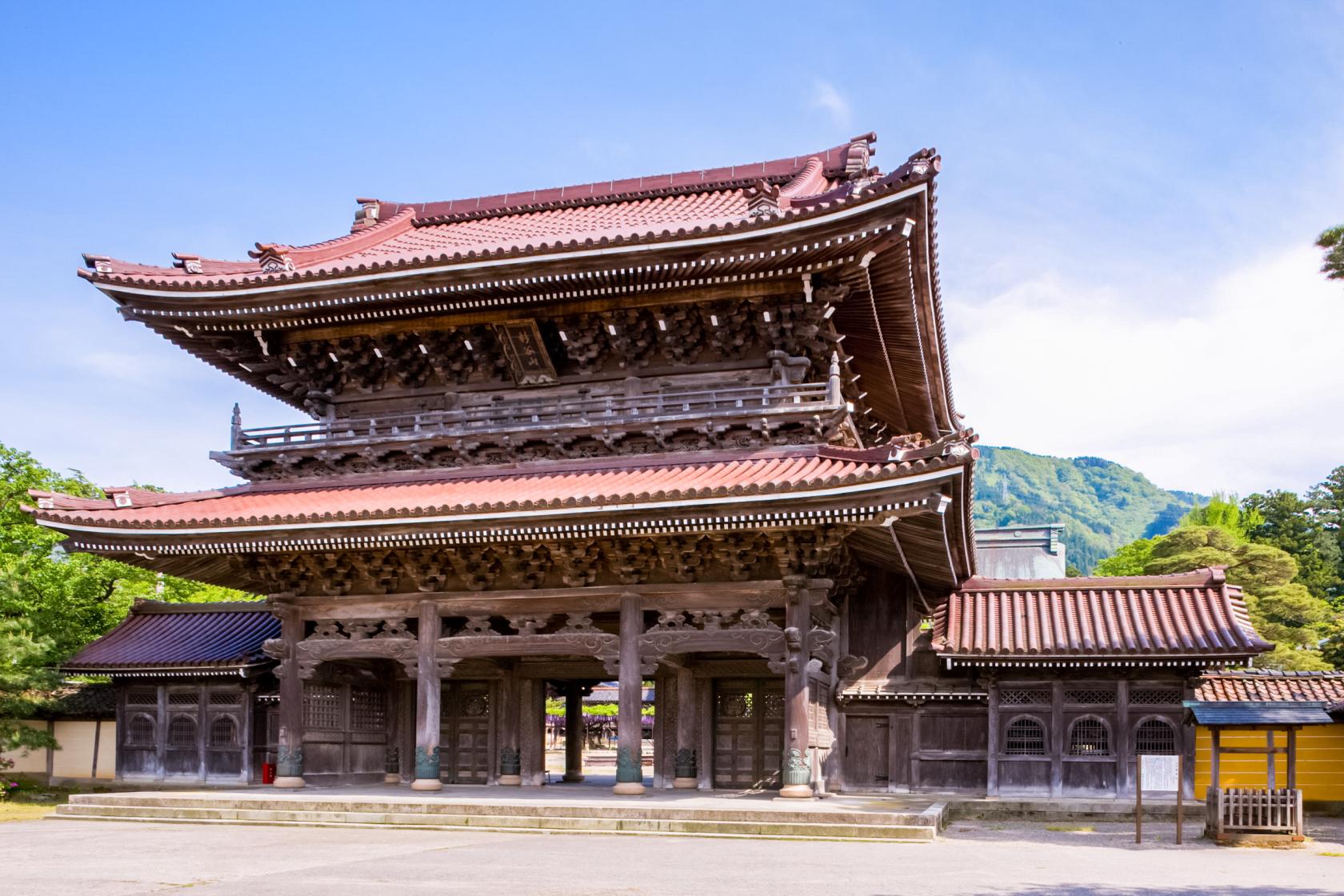
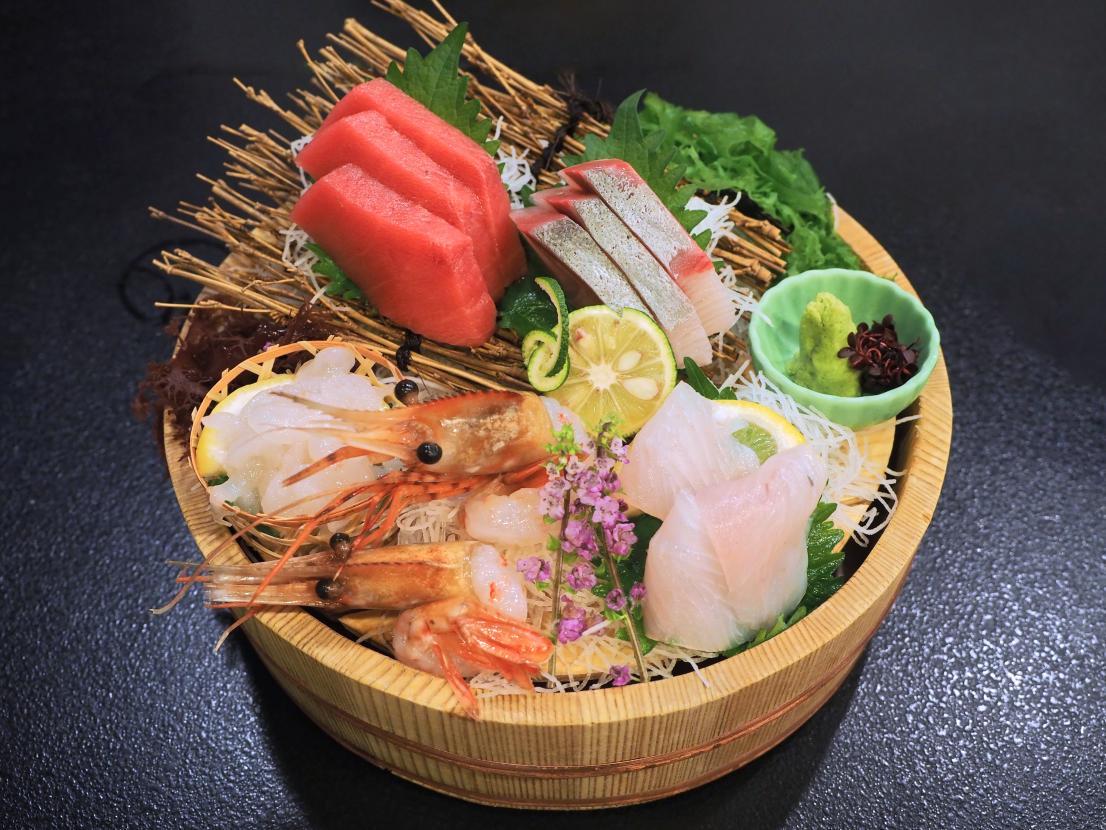
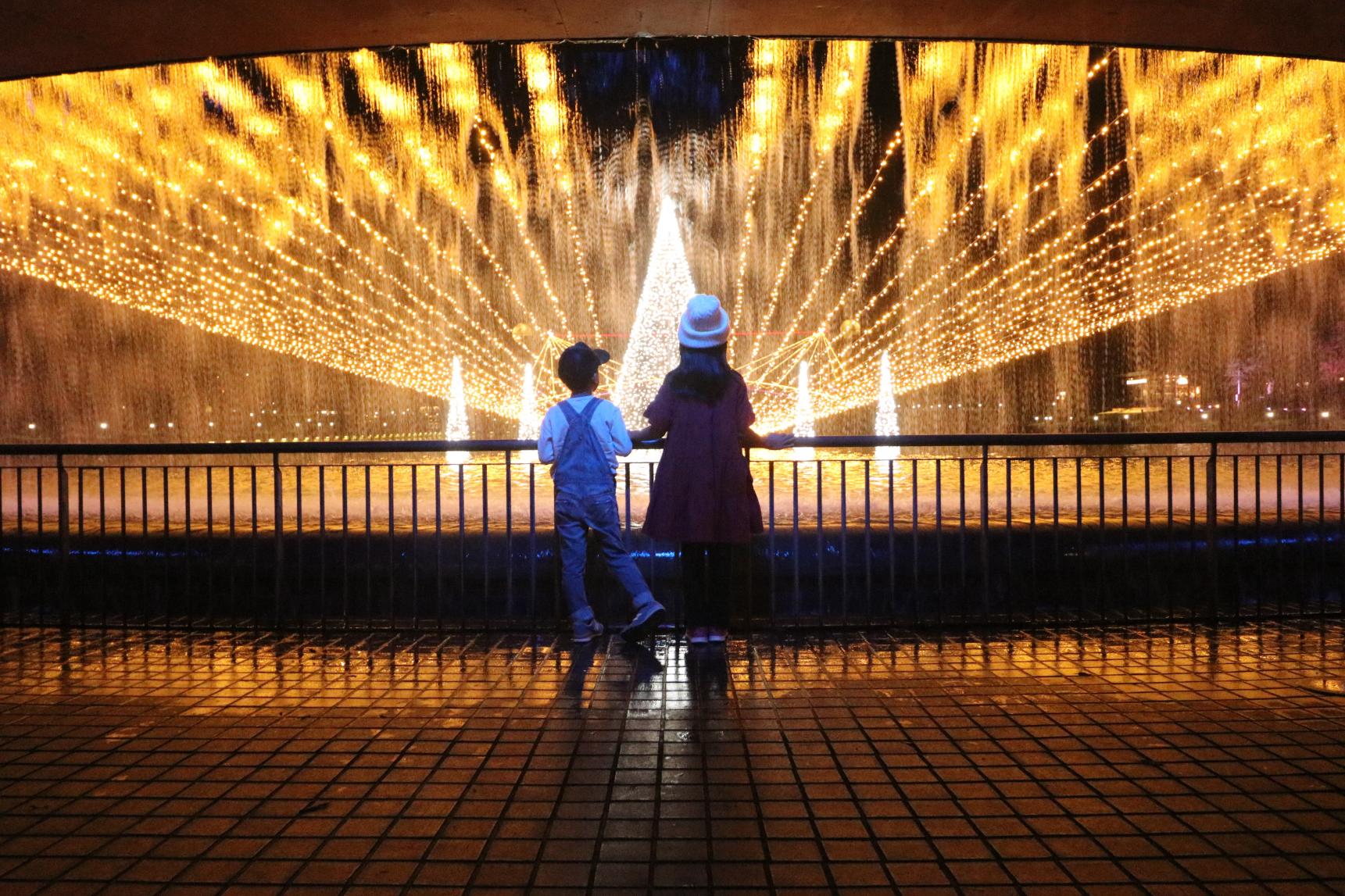
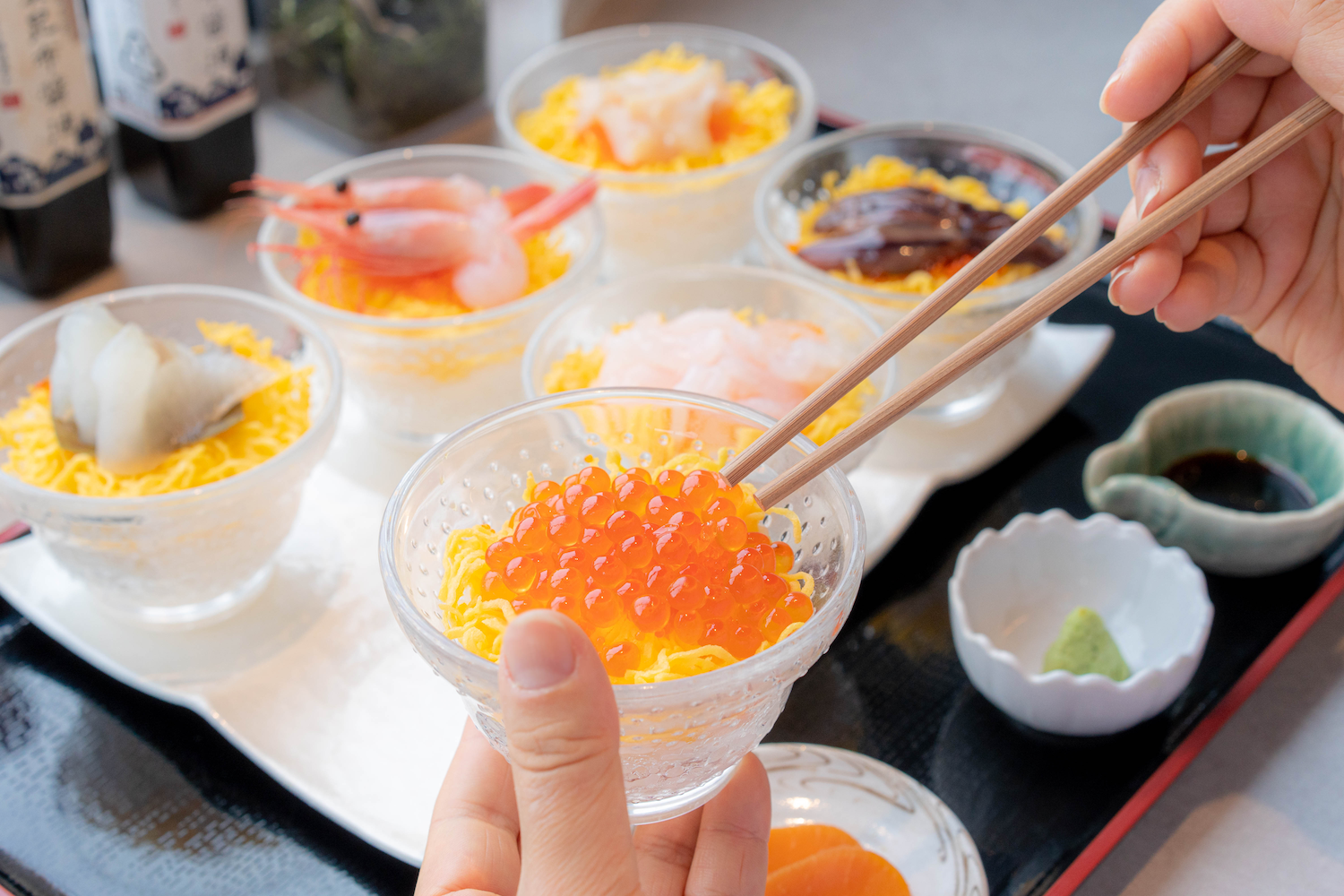
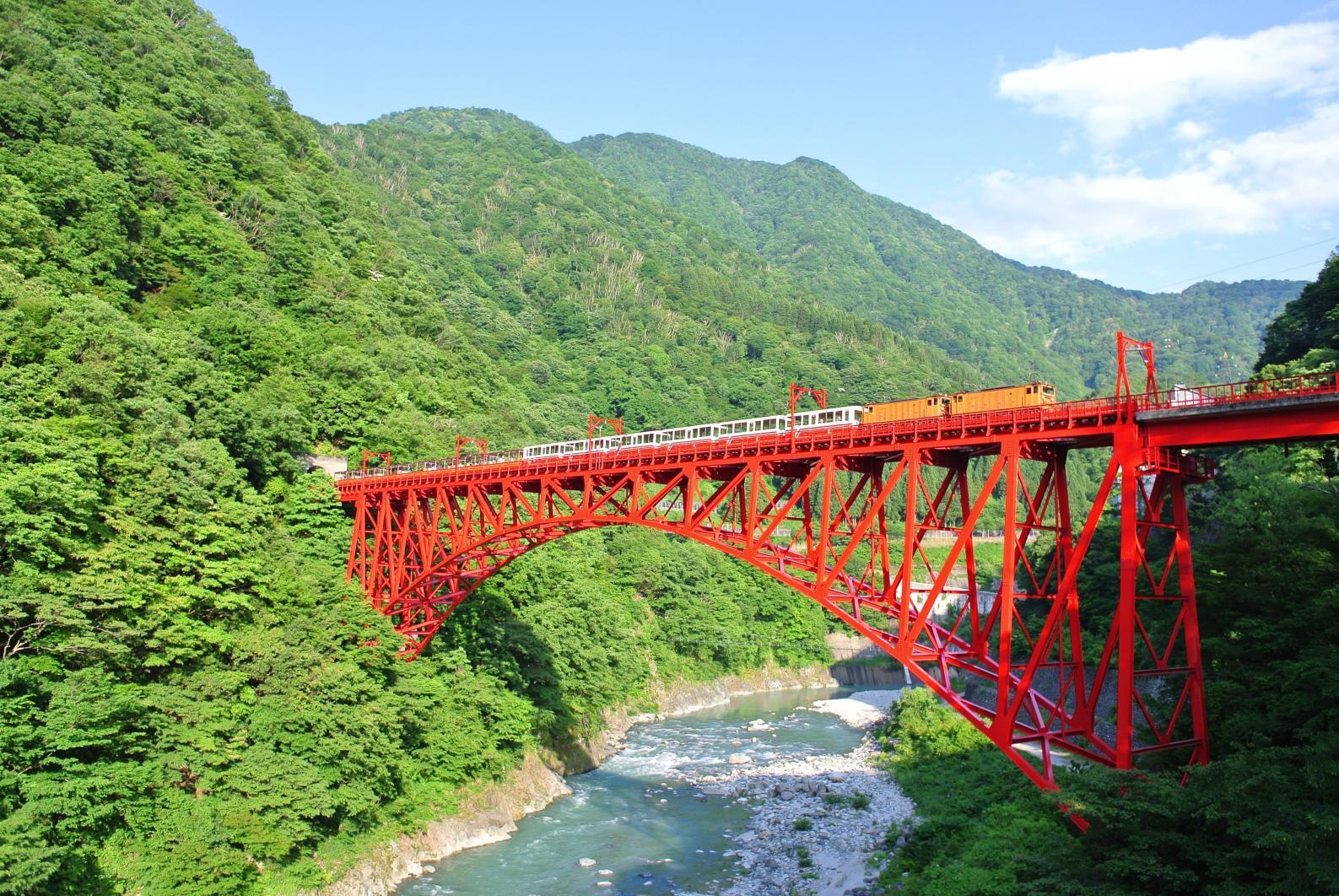
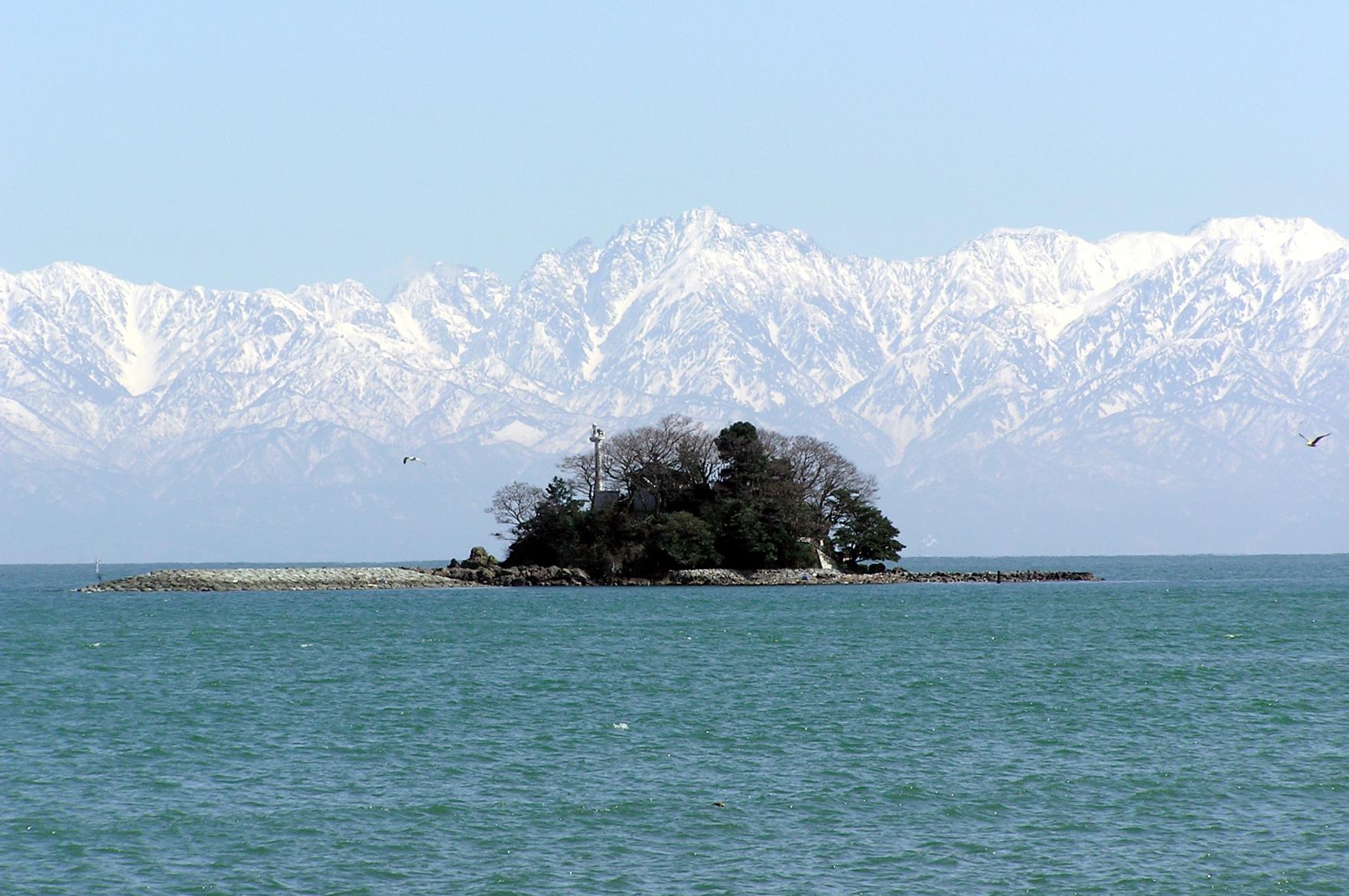
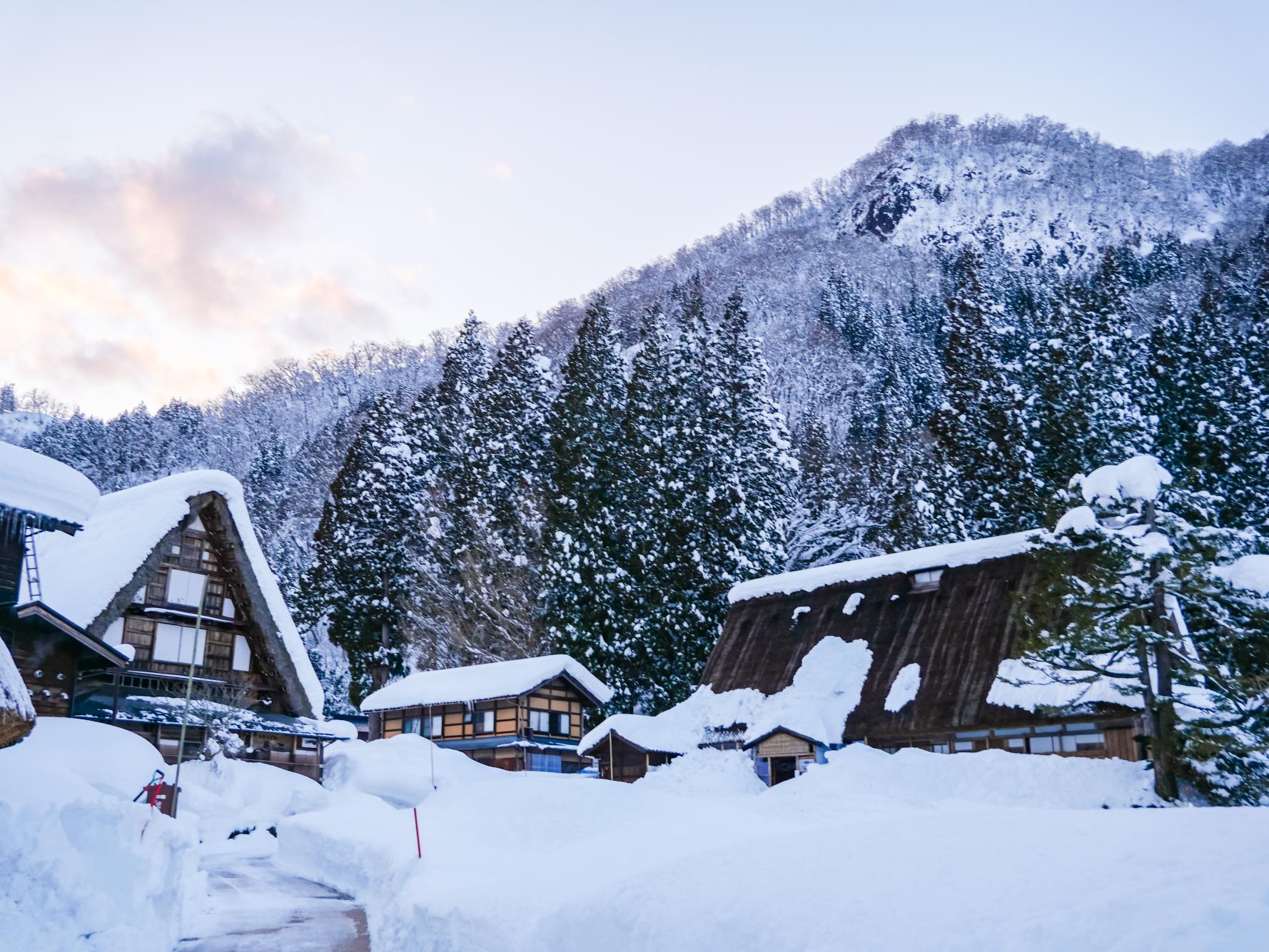

![[Sakura Viewing Information] A Special Feature on Famous Sakura Spots in Toyama-1](https://www.info-toyama.com/storage/special_features/566/responsive_images/TlGFTpK5TLKYdW25rYhcMrzT0lvaCdQmT68pDBr3__1152_768.jpeg)
